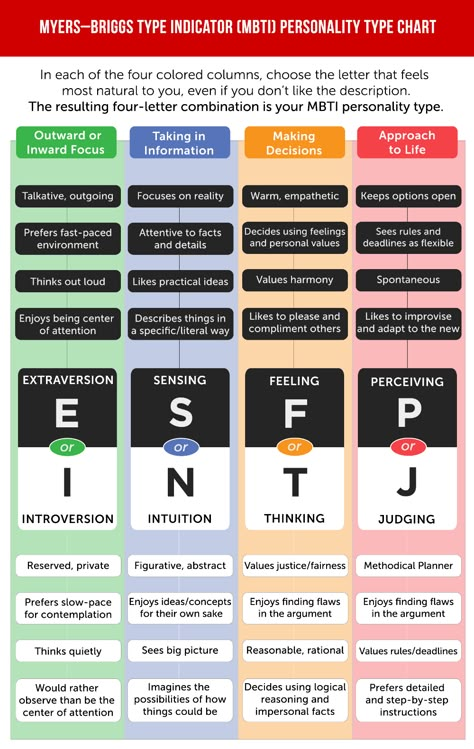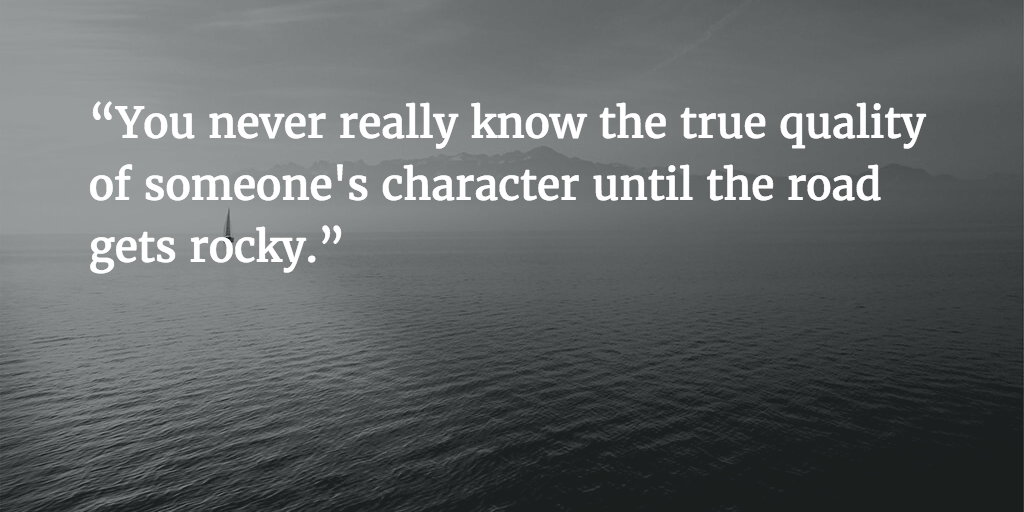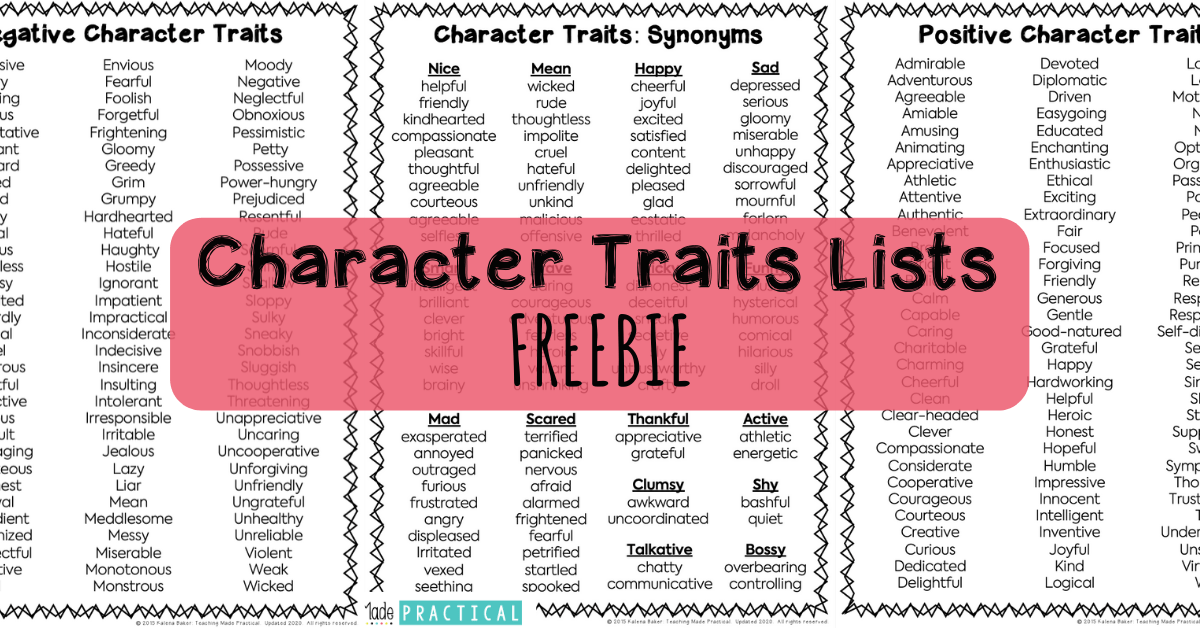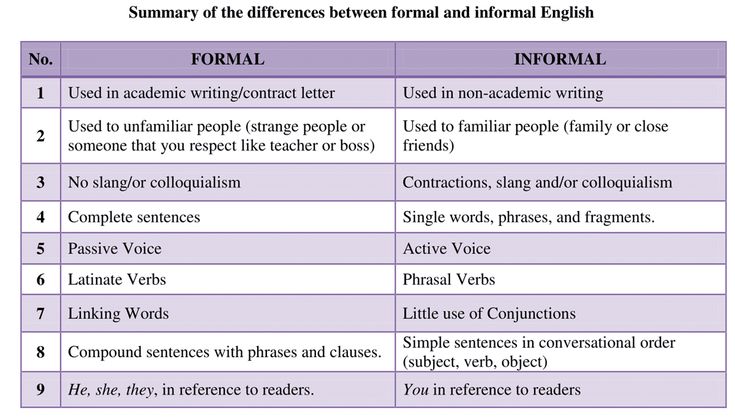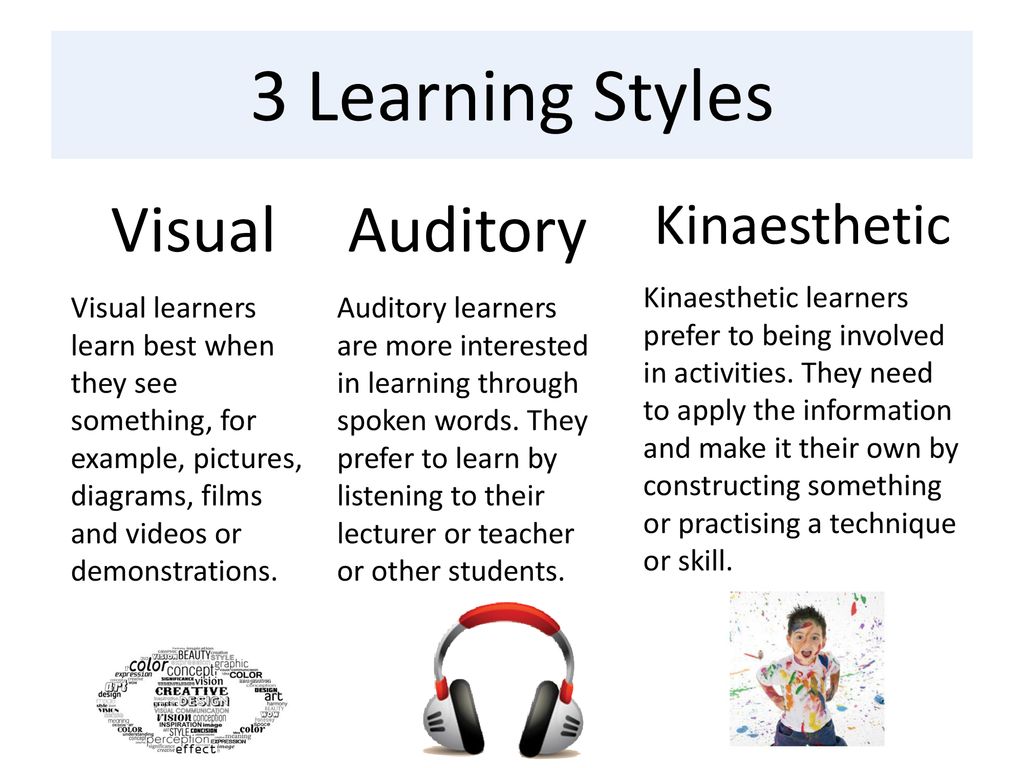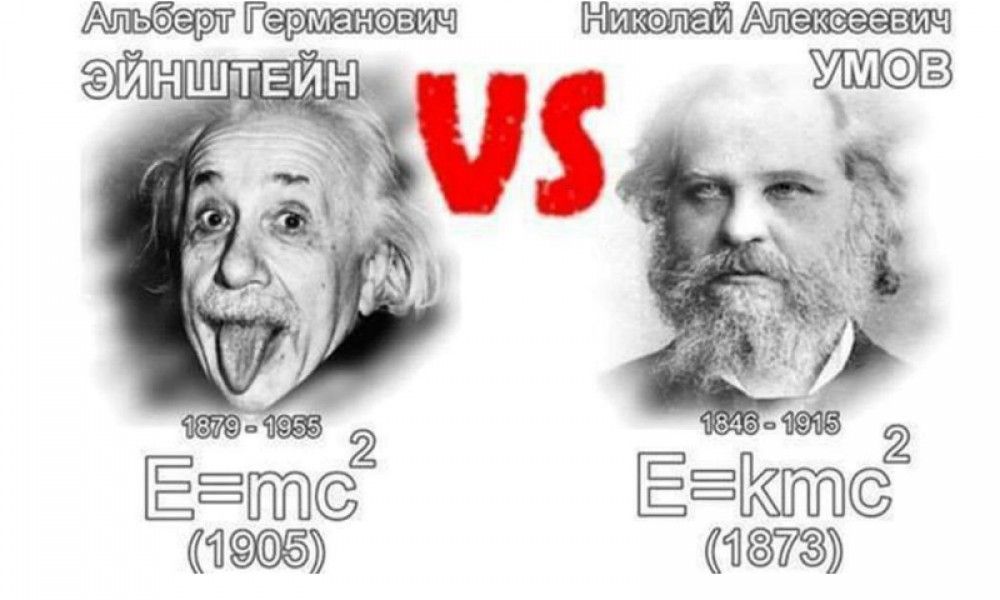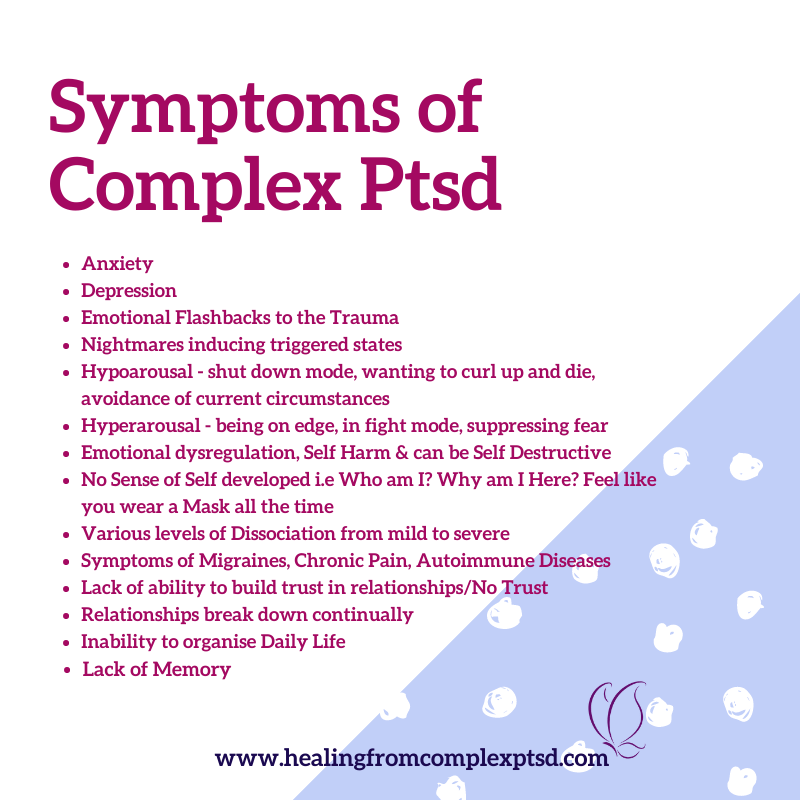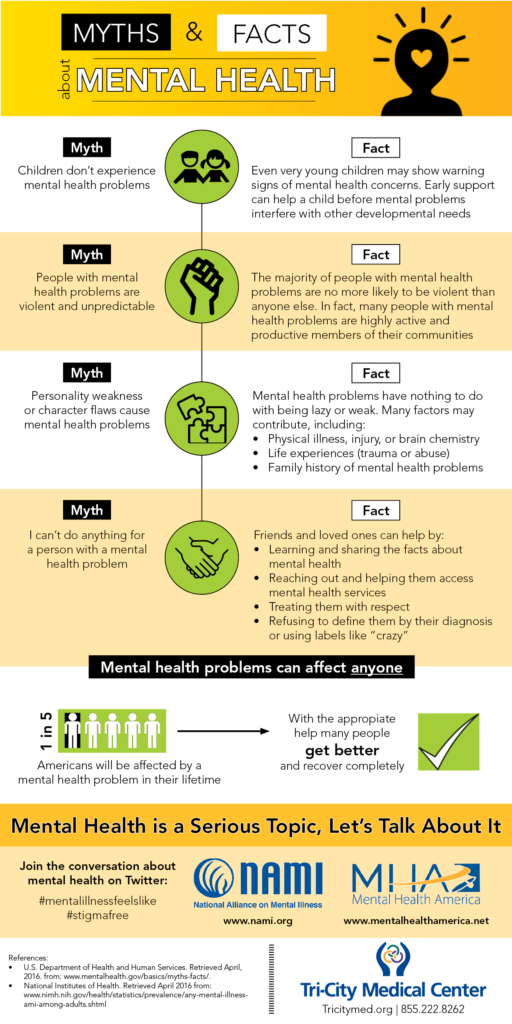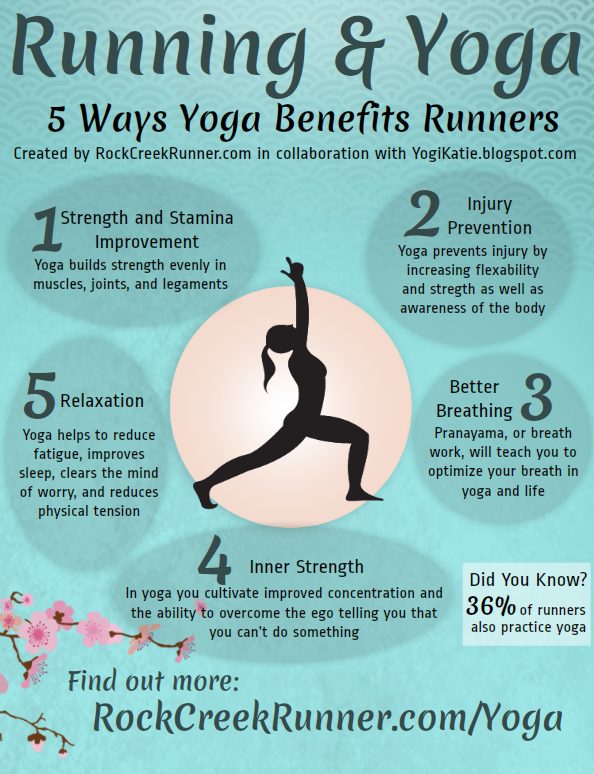Types of personality tests used in the workplace
10 Best Workplace Personality Tests for Effective Teams
Anyone who wants a business or company to grow understands how important employee engagement and workplace collaboration are. And employers use all kinds of tools to improve those factors to increase productivity, effectiveness, and results. One of the most common tools HR professionals and business owners use are personality tests. But of all the available workplace personality tests available out there, which one is the best one to build an effective team?
The workplace can be an interesting place for employees. In some cases, the office can be an exciting space to be a part of, especially when team members collaborate well and trust each other. Then there are the times where our jobs and companies are highly stressful places filled with work politics, disagreement, gossiping, and conflict.
Using personality tests in the workplace is not a new practice at all. Many of us have taken one or two in the past when on a team building, strategic planning, or onboarding meeting with your hiring manager. Some experts place the number of work professionals who have taken a personality test an approximate of around 60% of the current workforce
Using personality tests in your team can bring all kinds of amazing benefits:
-
It helps you pinpoint areas of strength and improvement.
-
It creates an avenue of vulnerability-based trust, which makes for more synergetic teams.
-
It shows company staff ways they can be more productive.
-
It's a great way to screen job seekers for job and culture fit before putting them through a hiring process.
-
It helps your team understand each other better and find ways to collaborate more efficiently.
-
It keeps employees motivated
10 Most Popular Workplace Personality Tests
So let's take a look at some of the most popular workplace personality tests that your team should take to create a more effective team.
1. The Myers Briggs Type Indicator
The Myers Briggs Type Indicator, or MBTI, is a personality typology tool used to show people's psychological preference based on four categories—
-
Introversion or extraversion;
-
Sensing or intuition;
-
Thinking or feeling; and
-
Judging or perceiving.
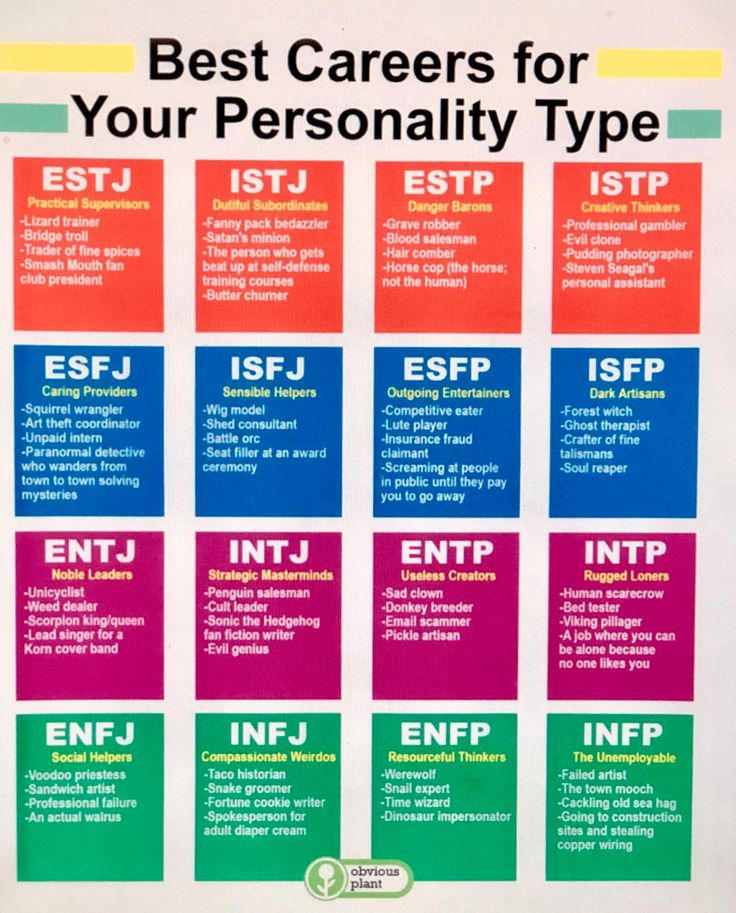
There are sixteen unique permutations of the personality types that shows how people respond best to circumstances and other people.
The MBTI assessment is completed through an introspective questionnaire that weighs people's personalities based on their responses to hypothetical situations. The assessment is the result of years of study and iteration, although the earliest versions originate from Katharine Cook Briggs and her daughter Isabel Briggs Myers. back in 1917. After meeting her future son-in-law, Katharine observed differences between his personality and that of their family members'. The epiphany would start a journey of discovering temperaments and traits that profile a person.
Where to Take the Test
The website 16 Personalities offers both a paid and premium MBTI assessment. Alternatively, you can also sign up to Workstyle.io to discover your MBTI personality and several other assessment results as well.
2. DiSC
The DiSC personality test is another of the more popular personality quizzes available to teams today.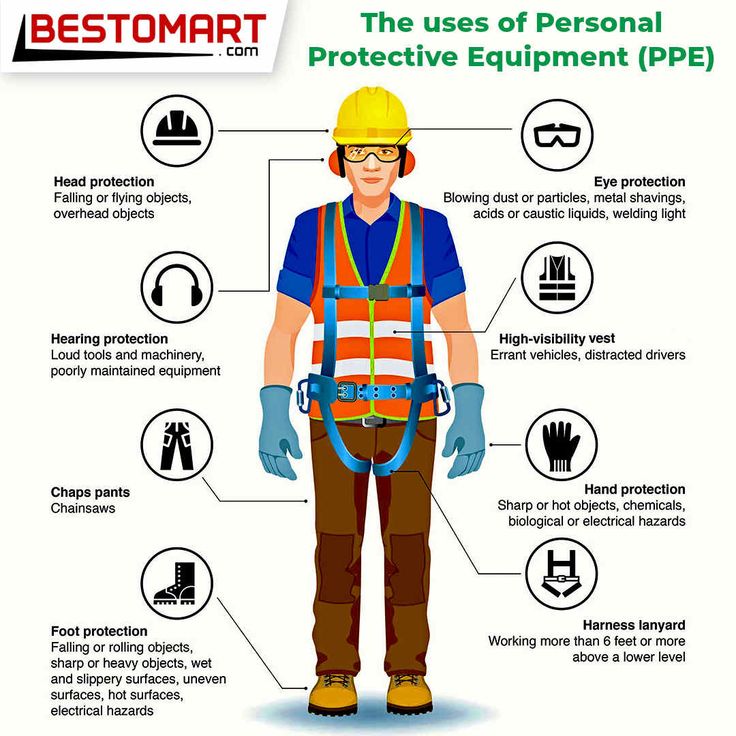 It measures four attributes, namely Dominance, Influence, Steadiness and Compliance. You and your team's test results will show the varying levels of the four attributes one would have. Most of the time, one result will stand out the most, and thus be the superior personality attribute.
It measures four attributes, namely Dominance, Influence, Steadiness and Compliance. You and your team's test results will show the varying levels of the four attributes one would have. Most of the time, one result will stand out the most, and thus be the superior personality attribute.
The DiSC model of behavior first came to life back in 1928 after physiological psychologist William Moulton Marston presented the personality archetypes in his book entitled "Emotions of Normal People.". He sought to create a test that would outline directly observable and measurable psychological experiences.
Where to Take the Test
You can take the online test on 123Test.Com or on our Workstyle Assessment too once you sign up to our service.
3. Eysenck Personality Test
The Eysenck Personality Test is an assessment by Hans Eysenck, who was one of the pioneers of personality research. He determined three elements that would affect a person's personality— extroversion, neuroticism, and psychoticism. The latter has been an object of debate across multiple schools of thought given the negative connotation attached to it. But various studies have shown a link between psychoticism and creativity, which could provide useful in jobs that require a level of innovation and artistry.
The latter has been an object of debate across multiple schools of thought given the negative connotation attached to it. But various studies have shown a link between psychoticism and creativity, which could provide useful in jobs that require a level of innovation and artistry.
Where to Take the Test
The test is readily available here.
4. Hogan Personality Inventory
The Hogan Personality Inventory (HPI) is a great option for test takers from the business community. It helps predict someone's capacity to "get along and get ahead." The inventory quiz is a way of estimating one's ability to succeed in their career, relationships, eduction, or life in general.
The way that the HPI describes people's personality is measuring their strengths, weaknesses, work behavior and leadership capacity when they're at their best. The test has around 200 questions and has been used by over half a million candidates globally. People have been using the Hogan Personality Inventory for the last forty years to help predict employee performance, increase employee retention rates, and improve service.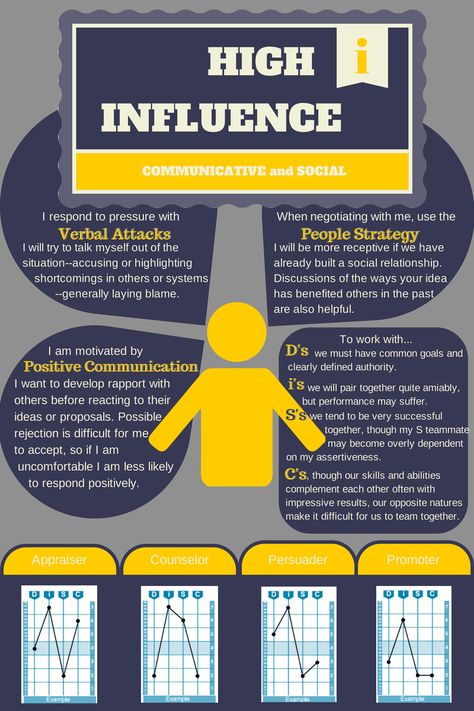 It's a great pre-employment testing tool for HR managers and recruiters.
It's a great pre-employment testing tool for HR managers and recruiters.
Where to Take the Test
You can head over to PeterBerry.Com to take the assessment.
5. Keirsey Temperament Sorter
The Keirsey Assessment is one of the more popular career tests today. It spans over seventy years worth of research on human behavior. The model first came out on Dr. David Keirsey's bestselling book, "Please Understand Me®.'. This assessment was designed to help professionals understand their temperament, character, and intelligence and how they impact one's leadership, work environment, team dynamics, learning, careers, and relationships.
The four temperament types according to the Keirsey Temperament Sorter are the following:
-
Artisans — They have the natural ability to excel in the "art" of an industry. They are optimistic, adventurous, daring, unconventional and spontaneous. Their creativity doesn't only stop with fine arts like painting, sculpting, or music.
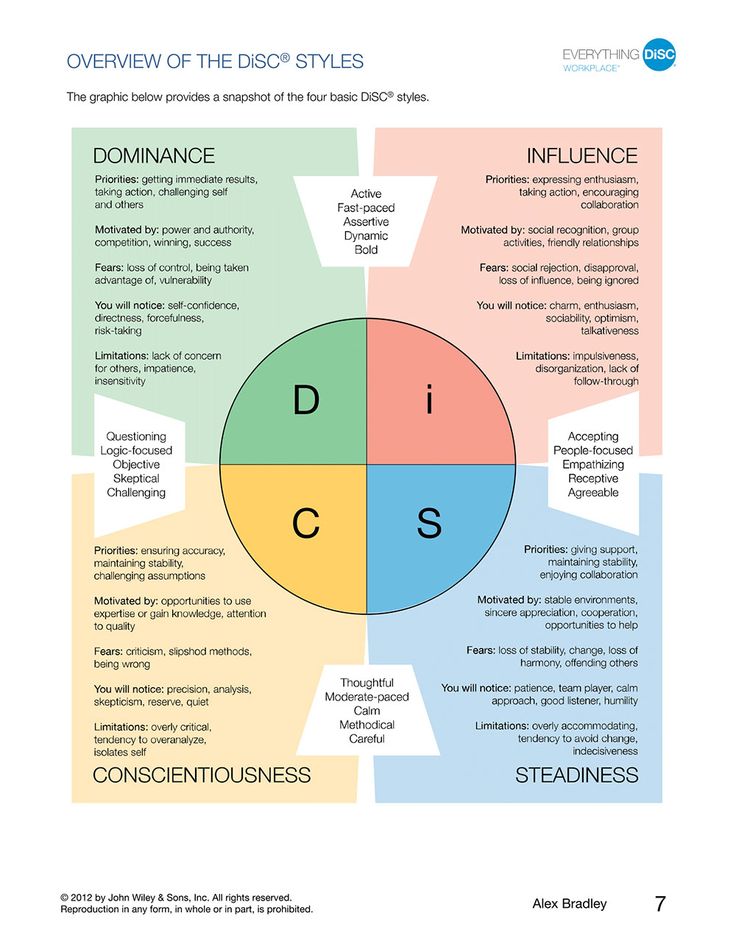 They can also be artisan-like in their approach to business, politics, sports, or any field that drives their passion.
They can also be artisan-like in their approach to business, politics, sports, or any field that drives their passion. -
Guardians — They are considered the cornerstone of a society, driven by service and social responsibility. They have a natural talent for managing and supervising projects, whether it's in the context of their families, communities, schools, churches, hospitals, and businesses.
-
Idealists — They are obsessed with personal growth and development. Idealists like to discover how they can become the best version of themselves. In its most mature form, this temperament also seeks self-development for others and finds means to become a part of that growth.
-
Rationals — They love to think and problem solve. Rationals aren't afraid of complexity and uncertainty. They actually thrive in it because they're always discovering a system or process to place order into the seemingly chaotic. Rationals love to analyze how things work and seek to improve how things operate.
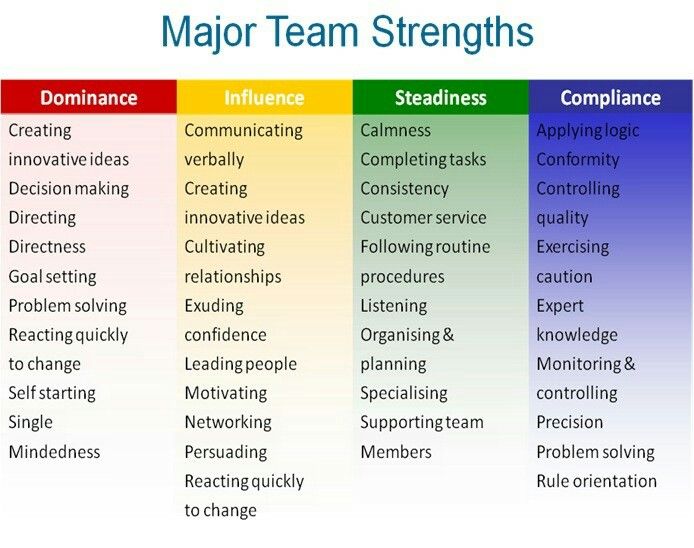
To date, over 50 million people from over 140 countries and 18 languages have taken The Keirsey Assessments.
Where to Take the Test
To take the Keirsey Temperament Sorter, visit this [website.](https://www.verywellmind.com/what-is-the-keirsey-temperament-sorter-5199761
6. Enneagram
The Enneagram is another typology system that has become widely known nowadays. It's a system that describes human personalities basied on interconnected personality types. The Enneagram assessment is most popular amongst spirituality and business sectors. There are nine Enneagram types, namely:
-
Reformer — Highly principled but sometimes judgmental
-
Helper — Generous and sometimes denies their own needs for the sake of others
-
Achiever — Successful, adaptable, and overachievers that can sometimes become workaholics
-
Individualist — Innovative and forward-thinking that can sometimes have a sense of self-centeredness
-
Investigator — Perceptive and logical people who can become unemotional at times
-
Loyalist — Committed to long term relationships but has a tendency to worry
-
Enthusiast — Fun-loving and extraverted but struggles to focus
-
Challenger — Bold, dominating, and confrontational, but has problems with being too aggressive
-
Peacemaker — Seeks harmony, sometimes at the expense of their own peace
Where to Take the Test
The Enneagram can be found on Truity.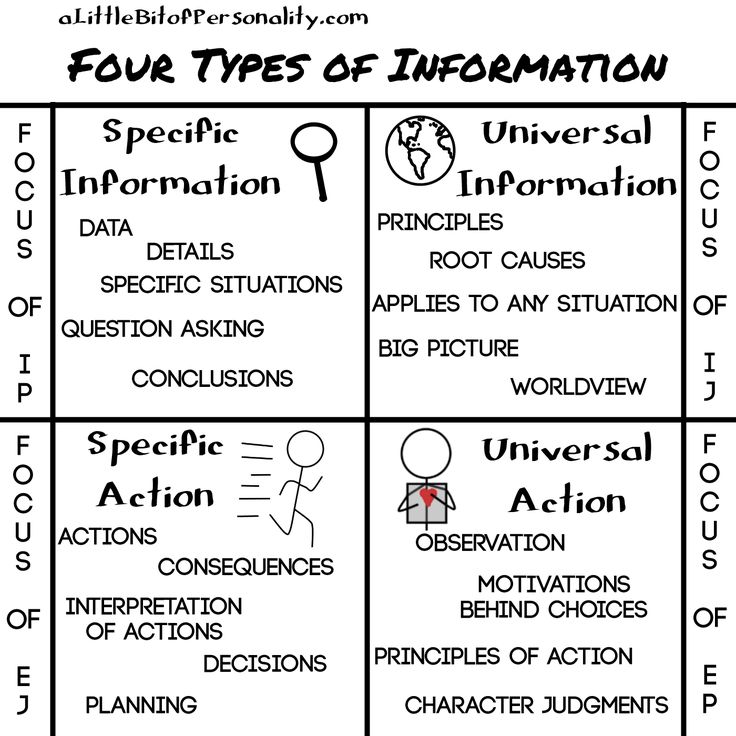
7. Emotional Intelligence Test
The emotional intelligence test, as its name implies, is a way to measure one's emotional stability, especially in high-stress situations and group settings. It asks a set of questions that will rate how high or low your EQ is.
Emotional intelligence has become one of the biggest battlecries in professional development. One study shows that 59% of employers would not hire someone who had high IQ, but low EQ. So having an assessment like this would be a great way to screen job seekers.
Where To Take the Test
As part of Workstyle's 8 personality tests, the Emotional Intelligence is made available to our customers. You can take that assessment and several others by heading here.
8. True Colors
The True Colors personality test is one that assigns test takers a color that best describes their temperament. There are four main colors in this assessment—
- Orange for energetic and charming people
- Yellow for punctual and organized individuals
- Green for analytical and visionary team members
- Blue for compassionate and empathetic folks
The test was created by Don Lowry in 1978 as a way to create four basic learning styles for at risk youth based on their personalities.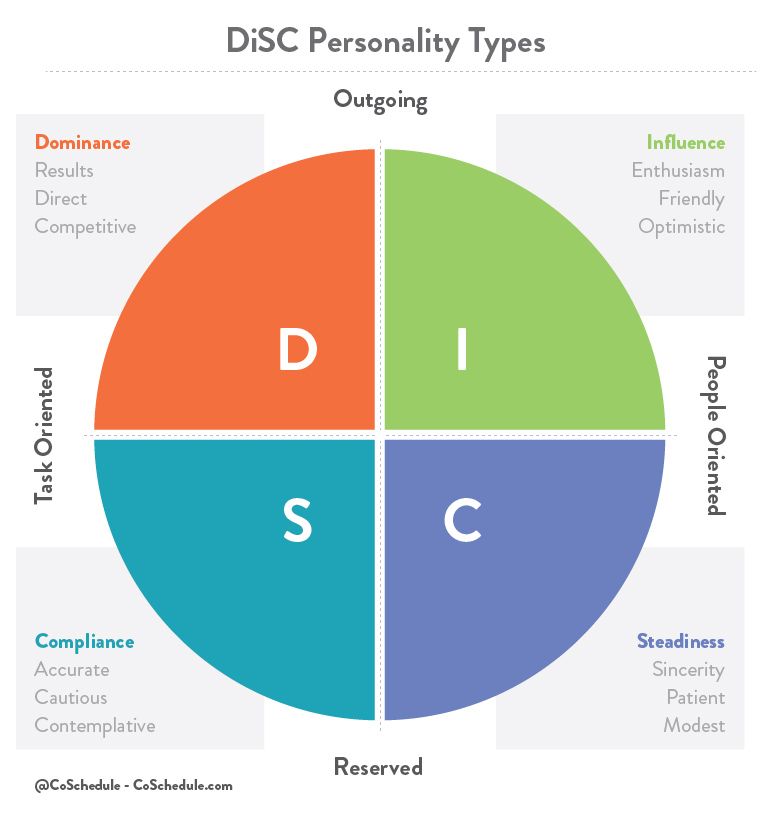 The unique idea behind the True Colors test is that it does not pigeonhole individuals to just one category and takes into account the effects that environments and communities have on people's personalities. More than a way to study people's personalities, it's also a way to undertsand motivators that one might have to help with interpersonal conflict at home, work, or any other group setting.
The unique idea behind the True Colors test is that it does not pigeonhole individuals to just one category and takes into account the effects that environments and communities have on people's personalities. More than a way to study people's personalities, it's also a way to undertsand motivators that one might have to help with interpersonal conflict at home, work, or any other group setting.
Where to Take the Test
You can take the free True Colors assessment by visiting this website.
9. Big 5 Personality Test
The Big 5 Personality Test is the result of a massive study by various independent researchers. It's based on data-driven research that brought life to five broad traits that line up the personalities of people according to the levels of those traits in them.
The first model was created by Ernest Tupes and Raymond Christal based on work they had done at the U.S. Air Force Personnel Laboratory sometime in the late 1950s. Later, J.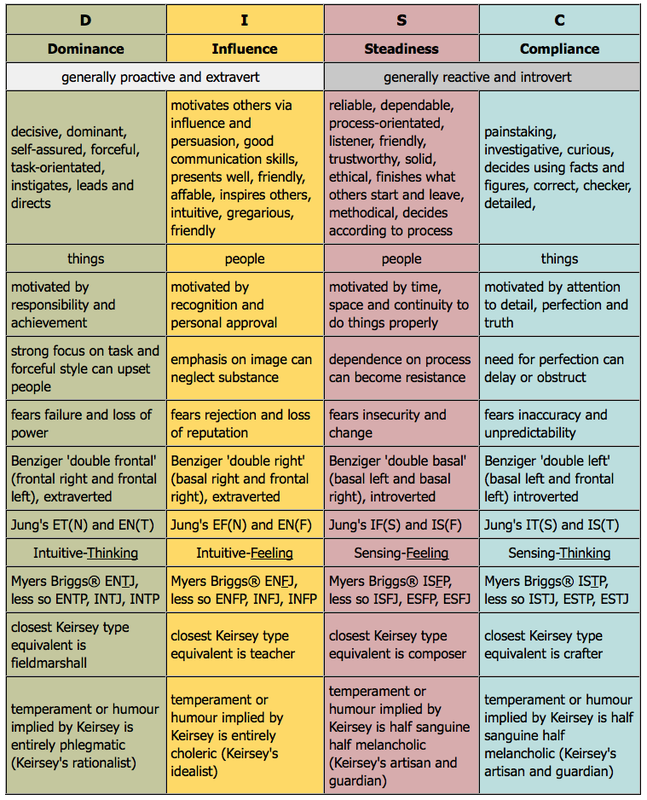 M. Digman and Goldberg extended the assessment to the level that the Big 5 Personality Test is at now today.
M. Digman and Goldberg extended the assessment to the level that the Big 5 Personality Test is at now today.
The Big Five personality traits form the acronymn O.C.E.A.N. Here are each one of those traits explained:
-
Openness is one's willingness and ability to try new experiences and learn new and insightful things.
-
Conscientiousness measures one's reliability and promptness. This traits might be measured by one's thoroughness and organization skills.
-
Extraversion is how one gains energy. An extrovert will gain energy from the presence of others and an introvert will gain energy from himself or herself.
-
Agreeableness is the friendly, cooperative, and compassionate nature in people. It looks into one's ability to empathize with others and then win their trust and sympathy.
-
Neuroticism can also be considered emotional stability. It's someone's ability to control their negative emotions.
Where to Take the Test
There are many places to take the Big 5 Personality Test.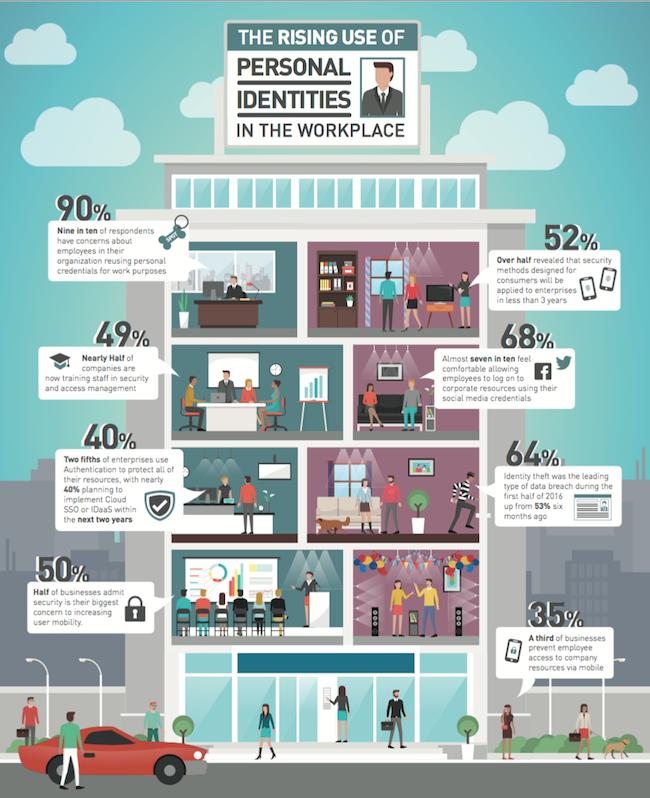 Fortunately, it is also one of the assessments that comes with a WorkStyle license.
Fortunately, it is also one of the assessments that comes with a WorkStyle license.
10. CliftonStrengths
The Gallup Group's CliftonStrengths, or previously known as StrengthsFinder, is another well-known personality test. The assessment helps determine the ranking order of thirty-four different themes that describe a certain personality type. The test indicates that these themes can either be strengths or raw traits that one can either develop or improve to access one's greater potential.
One of the aspects that makes ClifonStrengths such a force in the typology sphere is the coaching certification program that helps streamline team and individual coaching and mentoring programs— The Gallup-Certified Strengths Coaching Program. Strengths Coaches also make themselves available to people and teams who want to understand how the synergy of their themes affect both the group and the individual.
Where to Take the Test
You can buy the CliftonStrengths assessment on their official website.
What is the Purpose of Personality Tests in the Workplace?
So now that we know some of the most common workplace personality tests available to teams today, what do we use them for? There's a world of use-cases for personality tests in the work place. Let's look at some of the common purposes of personality testing and how they can bring amazing benefits to your organization.
- Assessing a Job Candidate Pre-employment
In recruitment processes, hiring managers usually look into things like past experience, education, and references, to name a few of the most common hiring decision factors. But what would it be like if a company hired for cultural and employee personality fit? Many times at work, workplace animosity comes not from a lack of competence on the part of some co-workers but because of a lack of workplace chemistry. Determining whether a person will be a good fit with the current team.
- Building Team Empathy and Trust
In his book, "The Advantage: Why Organizational Health Trumps Everything Else In Business," management and teams expert Patrick Lencioni shares how he once used the Myers Briggs Assessment with one team.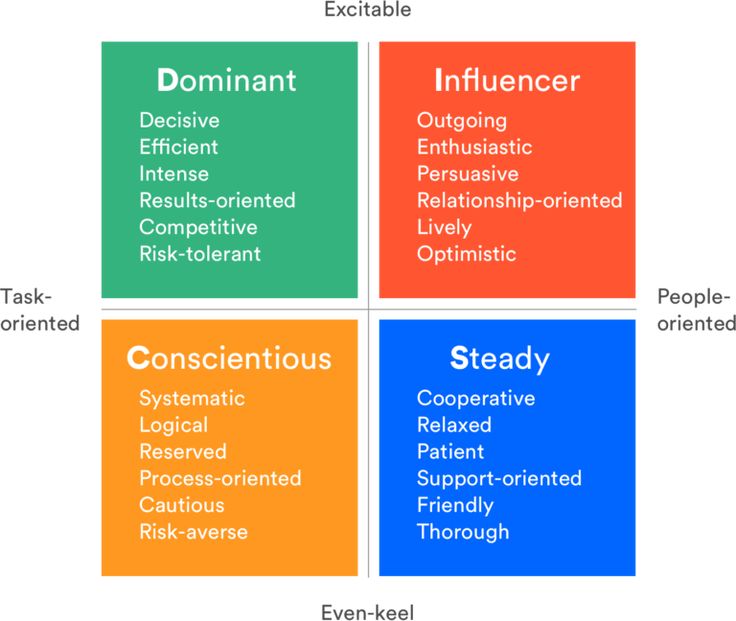 At that point, there was one employee that some people in the organization had problems with because of his perfectionism. But during the team building assessment, that co-worker shared his type and explained his personality type. One person in the team said in profound revelation, "I thought you were just being disrespectful to me when you didn’t turn things around until the last minute.”
At that point, there was one employee that some people in the organization had problems with because of his perfectionism. But during the team building assessment, that co-worker shared his type and explained his personality type. One person in the team said in profound revelation, "I thought you were just being disrespectful to me when you didn’t turn things around until the last minute.”
What happened in that moment? Everyone in the team had a better awareness of their colleagues personality. As a result, it broke down preconceived biases and gave them a reason to trust that person.
Another way that personality tests builds trust is it helps pin point certain soft skills and strengths that their co-employees can lean on in certain situations. When we see people for what they are capable of doing for us and the team, we have more reason to trust them. A personality test can do that for your team.
- Job Performance Assessments
Personality tests are a great way of gauging a team or employee's personality traits, strengths, and weaknesses.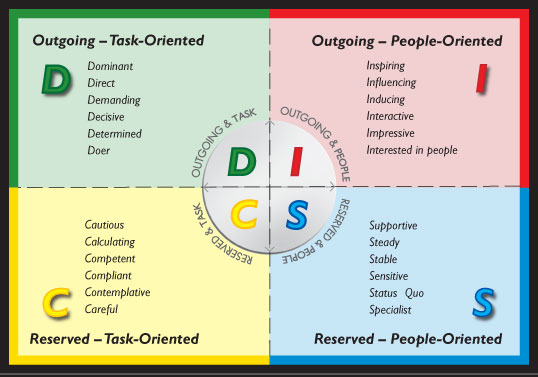 That means that they can be good subjective and objective benchmarks for employee job performance evaluations.
That means that they can be good subjective and objective benchmarks for employee job performance evaluations.
Let's say for instance that your company or management team hired someone for a sales role. Certain tests like the DISC assessment, Strengthsfinder, and Myers Briggs can point out traits and themes that they should use to become more effective at their job. So asking them questions like these can make for good self and team work assessments:
- How can you use your personality type to become more effective at your role?
- In what areas of weakness do you need more support from your supervisors or colleagues?
- Which of your team members do you need the help of most to compliment your areas of weakness?
- Organizational Restructuring
There might be times where your existing team might not be working towards its full potential. That could be because you have the right people in the wrong positions. What workplace personality assessments can do is point out which people fit best in what role.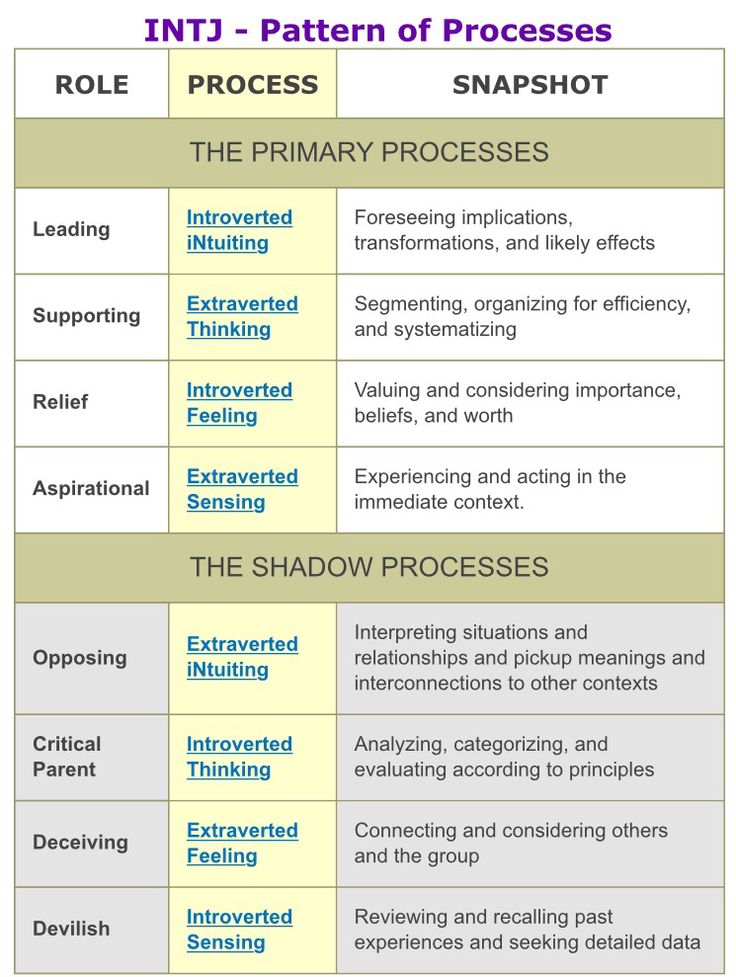 That could lead to some organizational restructuring that will make the company more efficient in the long term. This might not always be the best practice, but in contexts where it's applicable, it could be the big game changer that helps your company achieve better results.
That could lead to some organizational restructuring that will make the company more efficient in the long term. This might not always be the best practice, but in contexts where it's applicable, it could be the big game changer that helps your company achieve better results.
How to Use Personality Tests in the Workplace
Around 60% of professionals today are asked to take skills tests. But is it enough to just have your team take a personality test? Like any other practice in business, the more precise we are about how we roll out this workflow, the better the results will be. So here's a step-by-step guide we recommend when using personality tests to boost team efficiency.
1: Decide on A Personality Test(s) You'll Use
The first step to effectively using personality tests in the workplace is deciding which one to use. One workplace personality assessment could suffice, but there's an advantage to using multiple ones too. Each personality assessment has its own fair share of strengths and weaknesses. Using multiple tests helps cover all bases and ensures that managers have a good grasp of their team members' collective and individual traits and how they can add value to the team and company.
Using multiple tests helps cover all bases and ensures that managers have a good grasp of their team members' collective and individual traits and how they can add value to the team and company.
2: Be On Guard Against Stereotyping
Personality tests are meant to give someone a screenshot of someone's personality, strengths, and traits. But it was never meant to stereotype anyone. Remember that a person is always bigger than his or her personality test results. Don't limit someone's capability or worth to the results of their assessments.
For instance, if someone show low extraversion in a job that requires great people skills, remember that those weaknesses can actually be turned into strengths. There's a great article from HubSpot that shows the core competencies an introverted salesperson might have, including great listening skills and deeper analysis into prospects and markets.
3: Understand How You Can Maximize Your Traits and Raw Talents
A team's personality assessment results will give managers and leaders a better idea of what their teams can really bring to the table.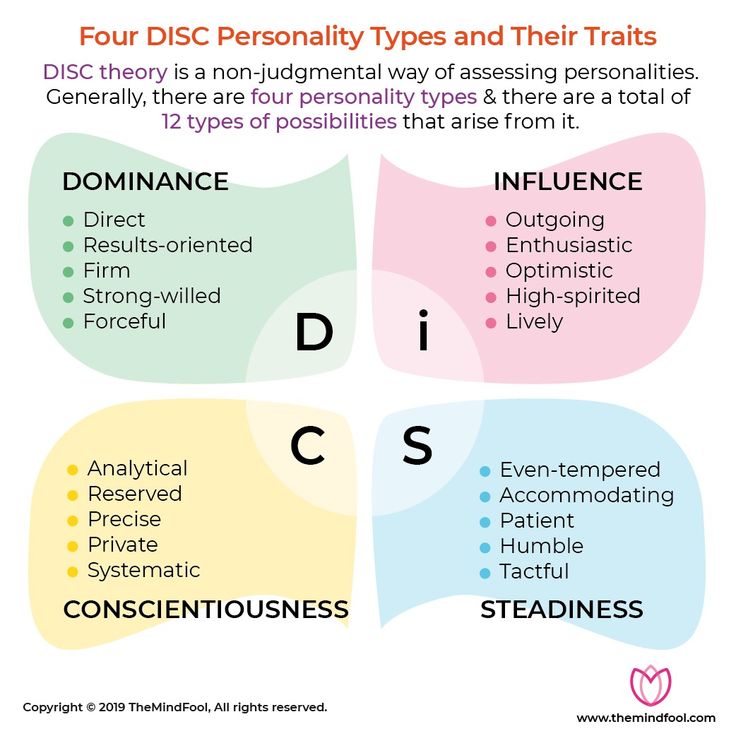 These personality tests can turn to great coaching points for supervisors so that they can help their team members be at their ultimate best.
These personality tests can turn to great coaching points for supervisors so that they can help their team members be at their ultimate best.
Take time to sit down with each team member to coach them on how they can use their strengths to be more effective at their jobs. For bigger teams, assign supervisors to coach team members. It doesn't have to be a long conversation. You'll be surprised at what fifteen to twenty minutes of solid coaching can do to an employee's efficiency. Some great coaching questions to ask them are the following:
-
What part or parts of your job are you excelling at the most right now and how are your personalities and traits contributing to them?
-
How can you leverage on your strengths to get better results?
-
Who in the team can you connect with to help you in your areas of weakness?
The last question leads us to the last step.
4: See How Others Make You Better
At the core of personality assessments is an opportunity to understand, not just one's own strengths, but their co workers strengths and weaknesses too.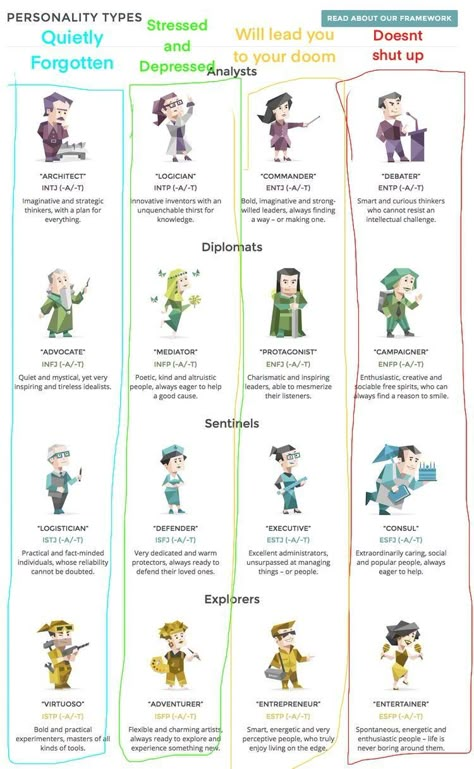 A great workplace culture is one where everyone gets the chance to be at their best and gain support from colleagues in areas where they're struggling. Schedule team buildings or evaluation meetings where co workers can examine each other's personality traits. Encourage a culture of openness and vulnerability. The best way to do this is to have your senior leaders go first and share both their strong and weak points. Do this with regular cadence and take note of any changes that it brings to your team's performance and work happiness. Almost always, you'll notice that finishing this process will bring massive results.
A great workplace culture is one where everyone gets the chance to be at their best and gain support from colleagues in areas where they're struggling. Schedule team buildings or evaluation meetings where co workers can examine each other's personality traits. Encourage a culture of openness and vulnerability. The best way to do this is to have your senior leaders go first and share both their strong and weak points. Do this with regular cadence and take note of any changes that it brings to your team's performance and work happiness. Almost always, you'll notice that finishing this process will bring massive results.
Frequently Asked Questions
Are the Tests Accurate?
To say that personality tests are absolutely accurate would be a grave overestimation, much like any medical or psychological measure will have some room for a margin of error. But they are great tools to use to estimate someone's capacity to perform and grow. The insights these tests give employers and leaders can be invaluable even with raw estimates.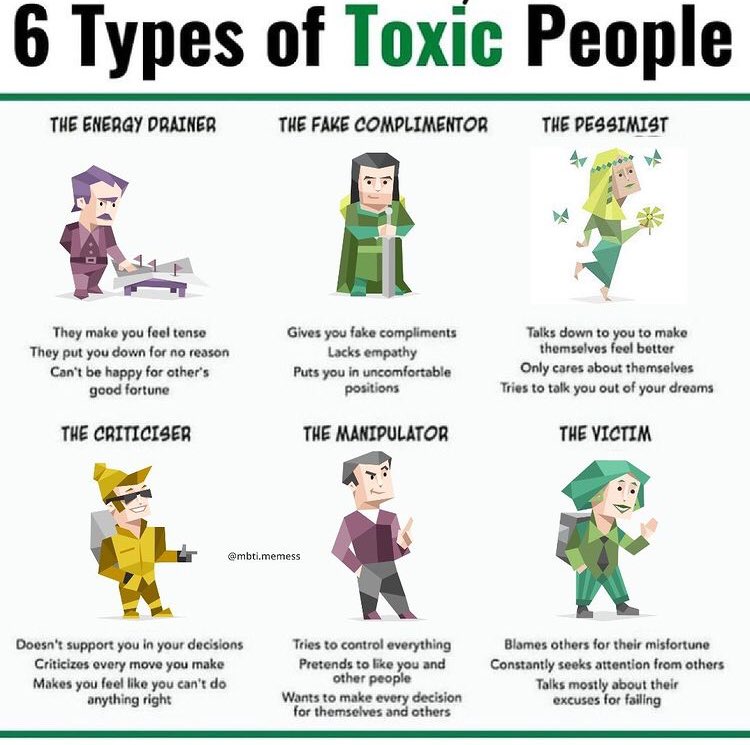 Millions of people have taken these tests and shared that their results deeply resonate with them. Moreover, they have helped a large majority of those people grow professionally and personally.
Millions of people have taken these tests and shared that their results deeply resonate with them. Moreover, they have helped a large majority of those people grow professionally and personally.
Are Personality Tests Fair?
Personality tests are great tools for evaluation when hiring, assessing, or promoting employees. However, it's obviously not the only tool that managers should use in these scenarios. To hire or fire someone simply based on their personality test results is considered stereotyping and can create all kinds of cultural and legal problems for your organization. The best rule of thumb is to always focus on what makes a person a great fit rather than simply focusing on their areas of weaknesses.
Can a person's personalit test results change over time?
The simple answer is no, however it isn't that simple. While people's responses to circumstances can change and their overall habits adapt to the need, there are basic wirings that work at a genetic level.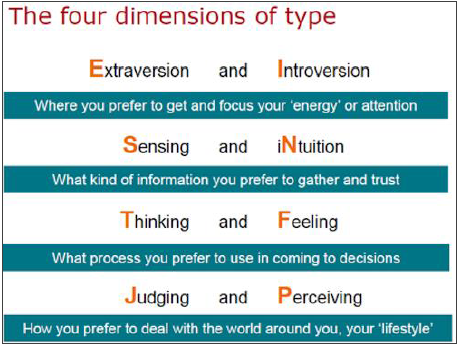 However, people can and should change the aspects of their personality that they or other people around them struggle to cope with. Doing so will make a person a more well-rounded individual and someone that people can work better with.
However, people can and should change the aspects of their personality that they or other people around them struggle to cope with. Doing so will make a person a more well-rounded individual and someone that people can work better with.
What are other available personality tests out there?
There is definitely a larger host of tests and assessments out there that you can use with your team. Here are some of our runners up for this list.
-
Caliper Profile
-
Hogan Development Survey
-
The Rorschach Inkblot Test
-
And many more
Final Thoughts
Achieving team effectiveness is a great milestone that could help bring a lot of great results to a team, including improve sales, lower team friction, decrease miscommunication, and improve team and individual work happiness. But it's always important to remember that attaining efficiency isn't so much a goal. Because to consider it a goal would mean there would be an end to it. Consider it instead a moving target, always seeking to the next level of effectiveness and productivity after reaching a milestone. There's always room for improvement, and the more your team improves, the more you'll be able to achieve together!
Consider it instead a moving target, always seeking to the next level of effectiveness and productivity after reaching a milestone. There's always room for improvement, and the more your team improves, the more you'll be able to achieve together!
10 Best Workplace Personality Tests for Teams [2022]
In recent years, workplace personality tests have become a common occurrence in corporate environments. This is especially true for successful companies, and the stats speak for themselves. Did you know that up to 80% of Fortune 500 companies and 89% of the Fortune 100 companies have used the Myers-Briggs Type Indicator (MBTI)?
And while including a wide range of such personality assessments in various corporate contexts (like the pre-hire and post-hire processes, for instance) is strongly encouraged, identifying the right tests can be a challenge.
And that’s where we step in with the 10 best workplace personality tests for teams.
What’s the Role of Personality Tests in the Workplace?
Personality assessments have many functions in the workplace and can be used at different stages throughout an employee’s career.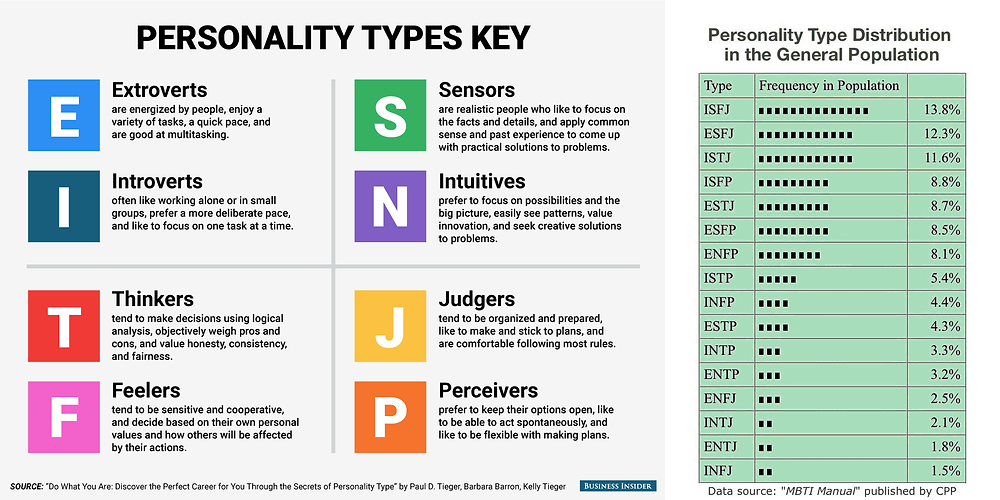 Let’s see the most common roles of personality tests in the workplace to understand why more and more employers use them to lead their teams more effectively.
Let’s see the most common roles of personality tests in the workplace to understand why more and more employers use them to lead their teams more effectively.
Finding a Cultural Fit
Finding a cultural fit is always tough, but incorporating workplace personality tests can lessen the challenge.
Identifying culture-fit candidates benefits both your company as a whole and the individual candidates. After all, why would someone enjoy working at a company where they’re not aligned with that company’s culture, which includes the company’s vision, accepted behaviors, work and communication style, habits, and so on? Culture-fit candidates are meant to easily adapt to the work environment and more effortlessly comply with the company’s code of conduct.
Moreover, using these tests can signal potential red flags from the very beginning. For instance, the DISC assessment can be a great tool for selecting culture-fit candidates as it assesses the most dominant traits in individuals. If, for example, the test results show that someone is impulsive, insensitive, and can’t seem to work well with others, and your teams are often collaborating on group projects, it would indicate they’re not a good match for your company.
If, for example, the test results show that someone is impulsive, insensitive, and can’t seem to work well with others, and your teams are often collaborating on group projects, it would indicate they’re not a good match for your company.
Finally, finding an adequate person for your company is closely connected to what your HR team does, and this brings us to the next point.
Improving HR Efficiency
First and foremost, workplace personality tests help improve your HR management team and its efficacy by assisting with the recruitment process.
Namely, during the recruitment stages, these personality assessments scan potential hires and outline an individual’s personality, strengths, distinct traits, and so on. And often such tests can do these things in a much faster and more effective way than a human can.
While recruiters assess potential hires based on what they observe, having tools at one’s disposal, such as these workplace personality tests, gives recruiters a behind-the-curtain look into the applicant’s working style and personality traits.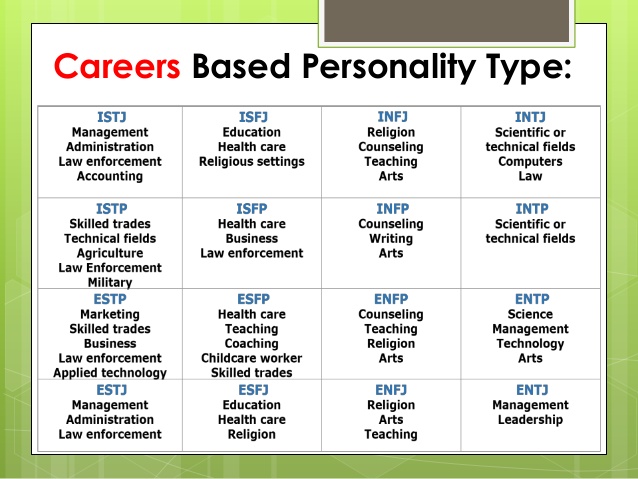 After all, certain traits or specific behaviors are usually not revealed in an interview (or two), so opting for such tests can be very insightful. Perhaps this explains why 62% of this study’s respondents state they use personality assessments in the pre-hiring process.
After all, certain traits or specific behaviors are usually not revealed in an interview (or two), so opting for such tests can be very insightful. Perhaps this explains why 62% of this study’s respondents state they use personality assessments in the pre-hiring process.
The results help HR managers to easily determine whether a potential candidate has what it takes to be part of the company. This helps the overall HR personnel be more efficient by tailoring their feedback, training sessions, office space, etc., based on the test-taker’s unique personality traits.
Engaging employees
Assessing your employees’ personalities and behaviors and then sharing the results with them can bring huge positive changes in your work environment. For instance, employees will learn more about how they can interact with each other, why someone reacts the way they do, and what drives them. This helps make the office a much more collaborative and understanding place.
Moreover, discussing test results may solve some friction in the workplace.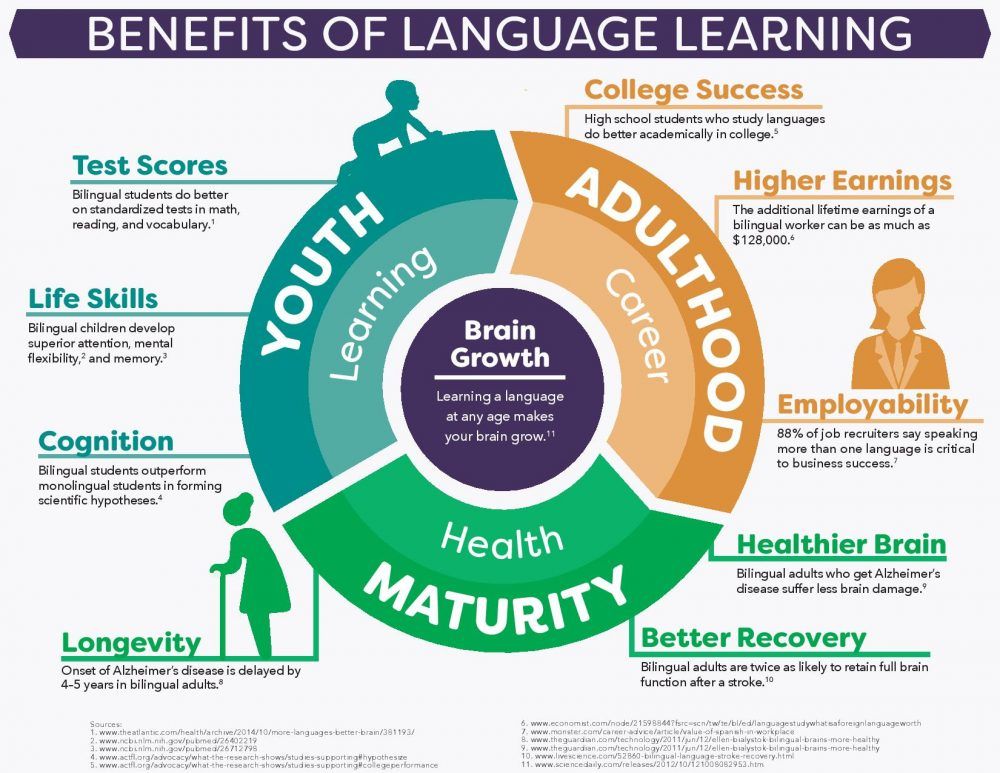 Just consider the following example given by Joan Tremblay, an organizational coach and leader:
Just consider the following example given by Joan Tremblay, an organizational coach and leader:
“In one organization, there had been a 20-plus-year feud between two managers with very different personality styles that affected the morale of each division“ [...]. After the training, everyone finally understood the differences that caused the friction and how to resolve the rift. They have worked cooperatively since.”
Finally, don’t forget that personality assessments can be used for team-building purposes in a much less formal manner than you’d otherwise implement them in the workplace, which will make the whole process more fun and engaging.
Nurturing Talent
Personality assessments are a great way to nurture your workers’ talents (and even discover hidden ones).
For example, if a team member’s test results show that verbal expression is their strength, you might let them lead the next client meeting, present at the company’s annual conference, and so on.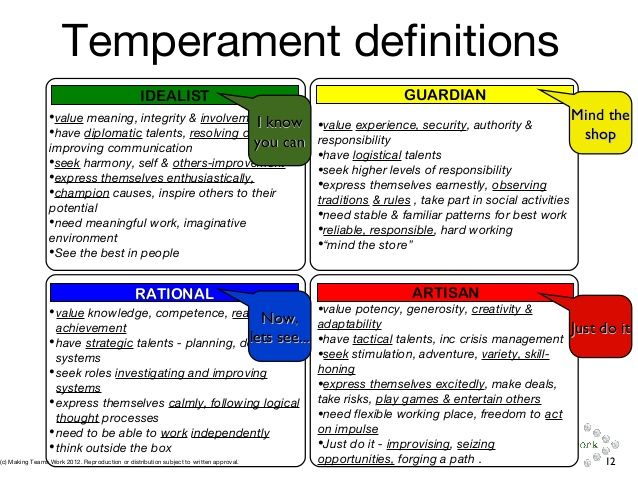
Or suppose you see that an employee is very patient, reacts calmly even in stressful situations, and has no problem repeating instructions. In that case, you might want to consider them for a mentoring program for your new hires.
Managing Performance
The concept of performance can be analyzed in two ways: how your employees have been performing recently and what their overall achievements and productivity so far say about how they might perform in the future.
Personality tests can especially help with the latter. For instance, let’s say you have an employee you consider promoting to a more senior position, and their test results show that they tend to get stressed and anxious before an important event. If their current position doesn’t involve public speaking or managing a big team and the role you’re considering them for does, you have to think twice and talk to them about whether they’ll be able to handle these activities.
This is why personality tests can be helpful during performance evaluation moments or transition periods - before your employees take on a new position, for example. Namely, you can use the results to outline some concerns you might have about this person’s upcoming performance.
Namely, you can use the results to outline some concerns you might have about this person’s upcoming performance.
That said, most of these tests are meant to be confirmatory rather than cause unexpected surprises. In essence, you’ve probably already evaluated most of your employees and know how they’ve been performing.
With that out of the way, let’s review the personality tests we selected that are perfect for corporate environments.
Top 10 Best Workplace Personality Tests for Teams
In the following paragraphs, we’ll share the ten best workplace personality tests for teams.
We’ll explain what each of them looks like, what it measures, and how it can benefit your workplace. Then it’s up to you to choose the one(s) that resonate(s) for you and your team.
Let’s begin, shall we?
1) WorkStyle
The first workplace personality test tool for teams on this list is WorkStyle, an online platform that helps you create personality test and working style profiles.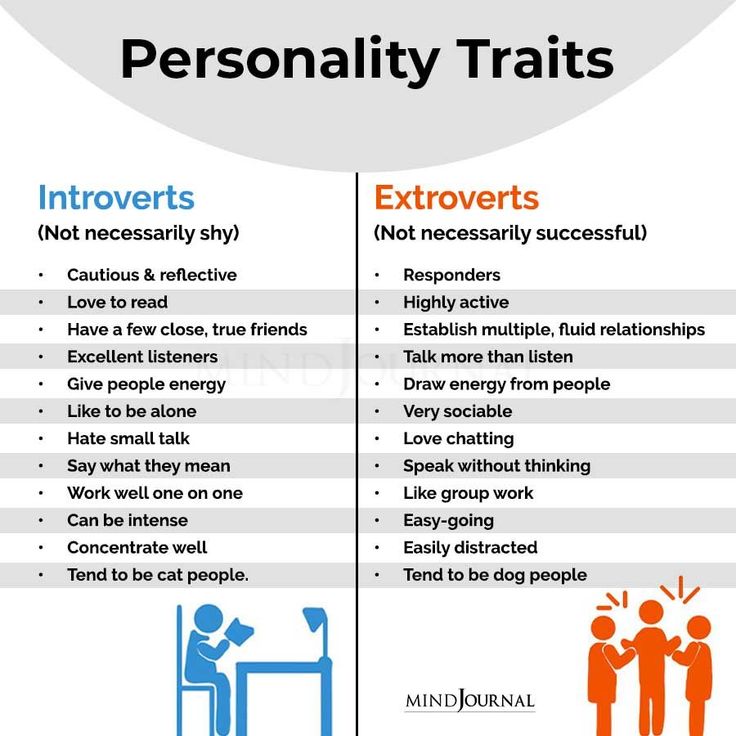 It's a great service for teams that want one place to aggregate team personality results, preferences, and working styles so that everyone understands each other better.
It's a great service for teams that want one place to aggregate team personality results, preferences, and working styles so that everyone understands each other better.
WorkStyle isn't necessarily a personality test for teams, but it's a great tool that gives you access to eight personality tests in one platform. Those tests include some highly acclaimed ones like:
- Big 5
- DiSC
- Jungian
- Achievement Orientation
- Occupational Emotional Intelligence
- Self Efficacy
- Empowering Leadership
- Project Management
On top of having personality tests for teams, Workstyle also has a bunch of other highly helpful features, like fun icebreakers through a 100+ questionnaires that will help your employees know a little bit more about their team mates. Your team can also use certain scales for categories like Communication & Management Styles, Work Standards, and Working Relations to give more context to how each team member can work better with the other.
Where can I find the test?
To access the eight personality tests, workstyle preference profiles, working scales, and other features of Workstyle, you can head over to their website.
2) The Myers-Briggs Type Indicator
The Myers-Briggs Type Indicator (MBTI) was developed by two American writers, Katharine Cook Briggs and her daughter Isabel Briggs Myers. The test is a type of self-report questionnaire which analyzes how people perceive the world around them and make decisions.
MBTI assigns test-takers 4 categories, which are polar extremes, out of the following 8 categories: introversion (I) or extraversion (E), thinking (T) or feeling (F), sensing (S) or intuition (N), and judging (J) or perceiving (P). At the end of the test, each participant is given a specific profile out of 16 different possibilities.
Here’s what it would look like: INTJ: introversion (I), intuition (N), thinking (T), and judging (J).
The result resembles a code with four letters.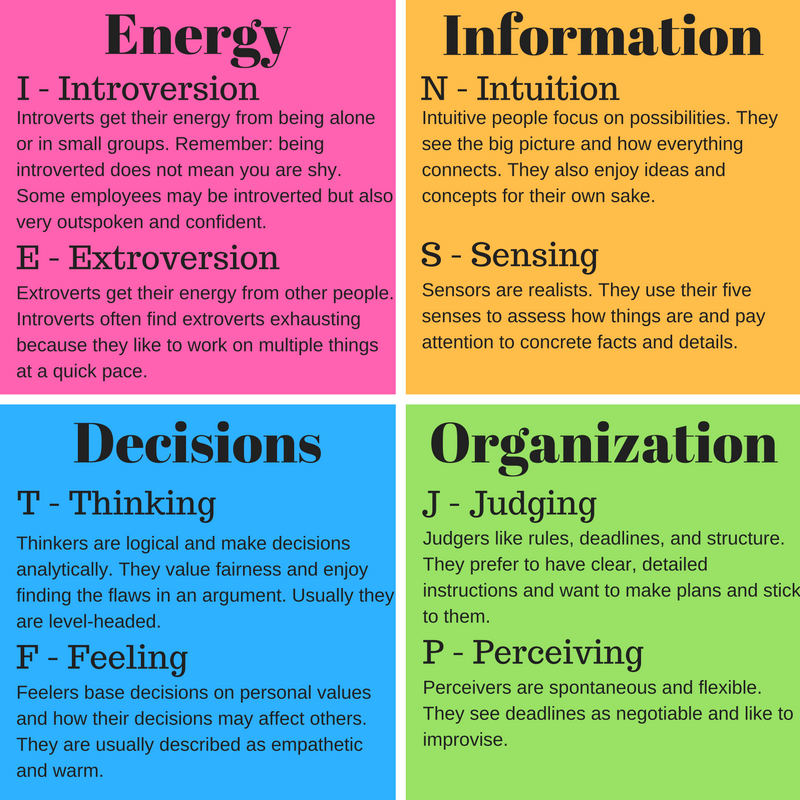 Here are all 16 personality options:
Here are all 16 personality options:
- ISTJ - The Inspector;
- ISTP - The Crafter;
- ISFJ - The Protector;
- ISFP - The Artist;
- INFJ - The Advocate;
- INFP - The Mediator;
- INTJ - The Architect;
- INTP - The Thinker;
- ESTP - The Persuader;
- ESTJ - The Director;
- ESFP - The Performer;
- ESFJ - The Caregiver;
- ENFP - The Champion;
- ENFJ - The Giver;
- ENTP - The Debater;
- and ENTJ - The Commander.
But this isn’t everything. Each type comes with a concise explanation. For instance, if your employee ends up being the ISTP type, here’s what their explanation would look like: “Tolerant and flexible, quiet observers until a problem appears, then act quickly to find workable solutions. Analyze what makes things work and readily get through large amounts of data to isolate the core of practical problems [...].
The whole point of the Myers-Briggs Type Indicator is to help people get to know themselves better and appreciate each other’s differences.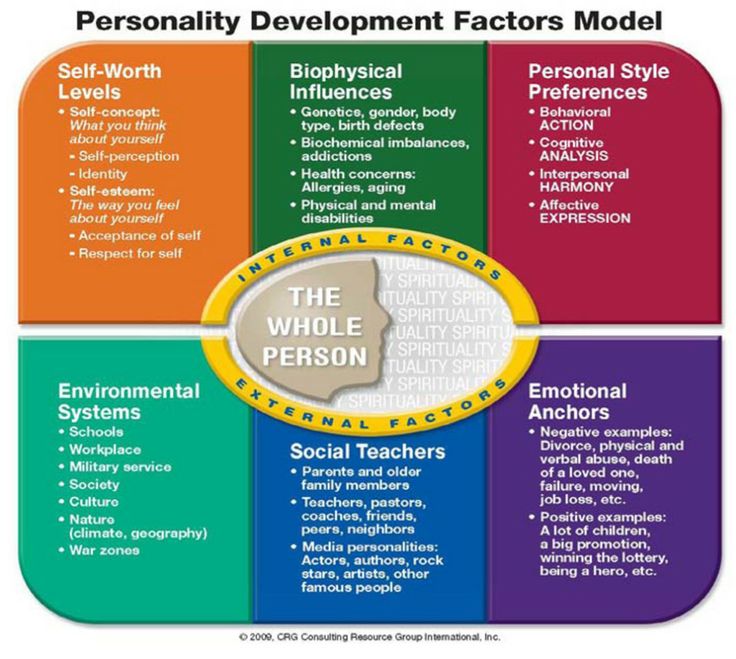 Make sure to accentuate that all personality types matter equally, and one isn’t necessarily better than the other. This is precisely what makes this assessment great for corporate teams.
Make sure to accentuate that all personality types matter equally, and one isn’t necessarily better than the other. This is precisely what makes this assessment great for corporate teams.
Where can I find the test?
To get access to the Myers Briggs Type Indicator, visit 16 Personalities.
3) DISC
DISC stands for Dominance, Inducement, Submission, and Compliance. These are the four central traits that describe a person’s character. Each person has all four traits; it’s just that some are more dominant than others. Here’s what each of them means in greater detail:
-
Dominance - individuals who actively use force to overcome any resistance; they’re also quite confident and have a tendency to accomplish their goals;
-
Inducement - people who have this as their dominant trait are able to persuade others quite easily and use their charm to achieve their goals;
-
Steadiness - these people are dependable, have no problem fulfilling others’ requests, and focus on collaboration;
-
Compliance - this trait depicts personalities that are concerned with notions like expertise, competency, quality, and so on.

In general, DISC assessments are tests that examine how an individual ranks in these four areas of behavior we just listed. They’re based on the psychologist William Moulton Marton’s 1928 emotional and behavioral theory.
The test allows employers to gain deeper insights into their workers. They’re great for teams, especially when one needs to analyze specific team members and how they collaborate together, as well as how their different traits interact with one another.
For instance, one team member may score highly in submission and compliance, whereas another one may have the same score in the other two areas - dominance and inducement. If you don’t understand where your workers are coming from and they don’t understand each other’s behaviors, this may lead to unnecessary friction and arguments in the team. That’s why such assessments can be truly insightful. Identifying how each worker ranks facilitates easier conflict resolutions, better communication among peers, and a much healthier work environment.
It’s worth noting that one personality trait isn’t better than another one, and none of them are positive or negative - one should be “non-judgmental” toward the results and simply take them as they are.
Where can I find the test?
You can get access to the DISC assessment as part of the WorkStyle license.
4) CliftonStrengths
Formerly known as the StrengthsFinder, CliftonStrengths is an assessment developed by Donald Clifton, an educational psychologist. Clifton’s interest was in understanding the strengths that enable individuals to be outstanding, which led to him creating this assessment.
What makes this assessment so interesting is that there’s a 20-second timer for each statement. Then, the test automatically moves to the next one. The purpose of this is not to give individuals time to overthink their answers, which is believed to assist with the test’s accuracy.
After a test-taker completes the CliftonStrengths test, they receive a personalized report.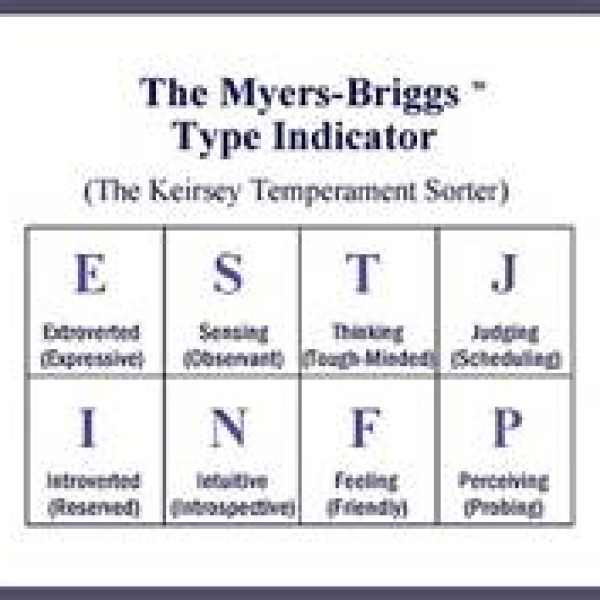 The assessment determines the ranking order of 34 themes. Each of them describes a particular personality type, and they’re classified into the following four categories:
The assessment determines the ranking order of 34 themes. Each of them describes a particular personality type, and they’re classified into the following four categories:
- strategic thinking;
- relationship building;
- influencing;
- and executing.
In essence, the test results are meant to help test-takers understand why they are the way they are and what they can do to accentuate their strengths.
This assessment is amazing for employers who wish to identify top performers in their workplace and analyze specific members and their unique personality traits within their company. After all, it’s no secret that top-performing companies embrace versatile strengths and personality traits to achieve greater success.
Where can I find the test?
You can buy the CliftonStrengths test on their official website.
5) Enneagram Test
The Enneagram test provides test-takers with detailed personality assessments based on nine personality types that describe common individual behaviors, motivations, overall tendencies, desires, etc.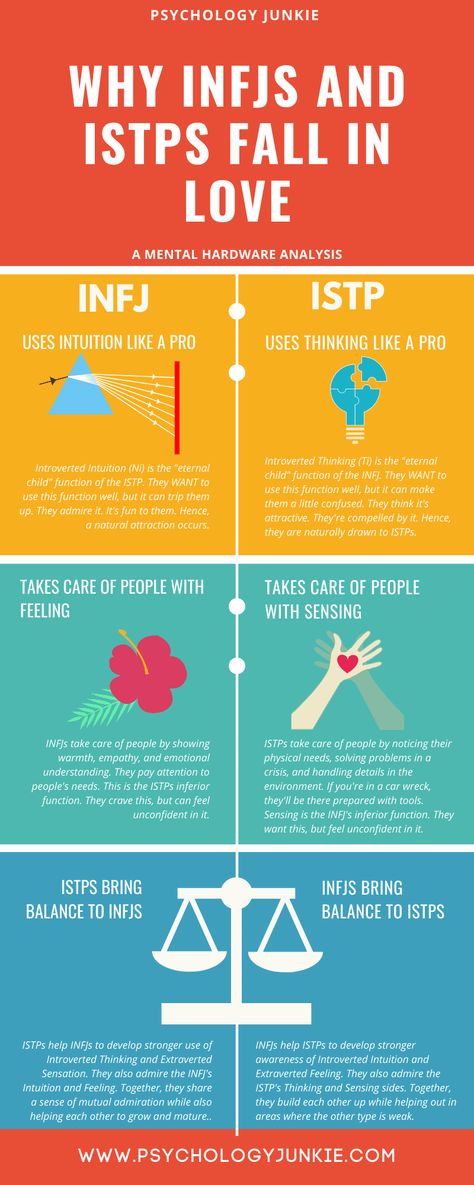 And while each personality type has its own qualities, there are variations within each of them. These variations are referred to as “wings”. So, for example, if someone’s personality profile suggests they’re predominantly a type 3, they might have some qualities commonly found in type 4 and/or even 5.
And while each personality type has its own qualities, there are variations within each of them. These variations are referred to as “wings”. So, for example, if someone’s personality profile suggests they’re predominantly a type 3, they might have some qualities commonly found in type 4 and/or even 5.
In the following paragraphs, we analyze each one of these nine personality types.
Enneagram Type 1: Idealist
An idealist is a person who is ethical, a perfectionist, and wishes to help others. They’re positive, honorable, and tend to do good. They appreciate honesty and wish to be taken seriously.
These individuals have a lot of fear of being immoral or unethical in any way.
Enneagram Type 2: Caregiver
Caregivers want to receive both love and affection from those around them. They’re hard workers and are led by their emotions in life. These individuals are quite generous, warm-hearted, and want to help whenever they can.
Their biggest fear is to be unworthy of being loved.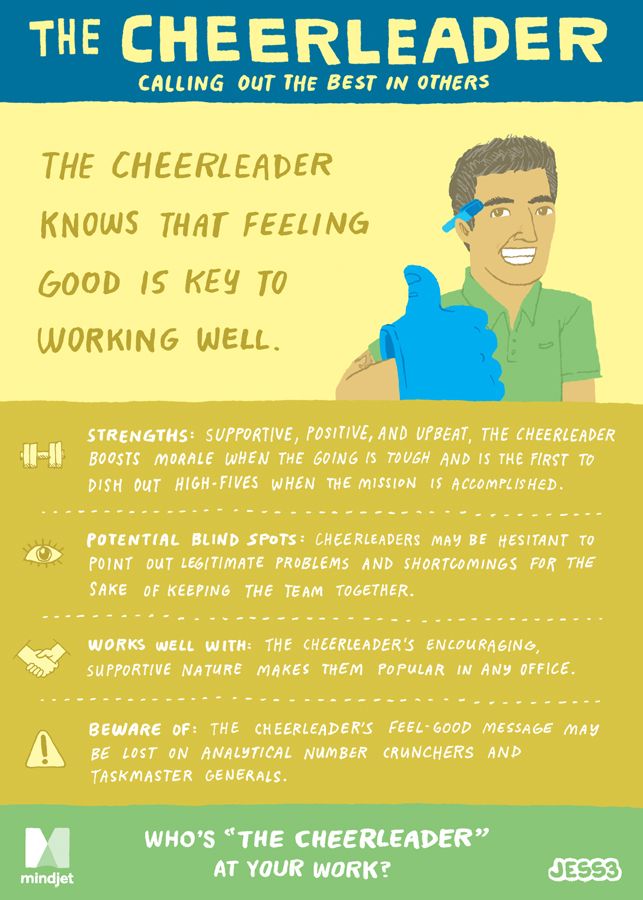 Also, caregivers need attention and frequent encouragement.
Also, caregivers need attention and frequent encouragement.
Enneagram Type 3: Performer
Individuals with this personality trait are on a quest to achieve great things in life. They’re charismatic, flexible, and enjoy following a well-outlined plan. They do wish to receive affirmation from other people, though.
Performers are highly ambitious and energetic individuals. Their basic desire is to be important and worthy, whereas their basic fear is to be seen as useless or insignificant.
Enneagram Type 4: Creative
Creative people appreciate authenticity both in themselves and others. They’re highly sensitive and appreciate art in all forms. Creative individuals are self-aware, dramatic, and crave the freedom to be themselves at all times. In fact, their basic fear is being left without their personal identity.
Fours need space to recharge and replenish their energy so that their personal identity can shine.
Enneagram Type 5: Thinker
Thinkers are thoughtful individuals who wish to be valuable and be on their own.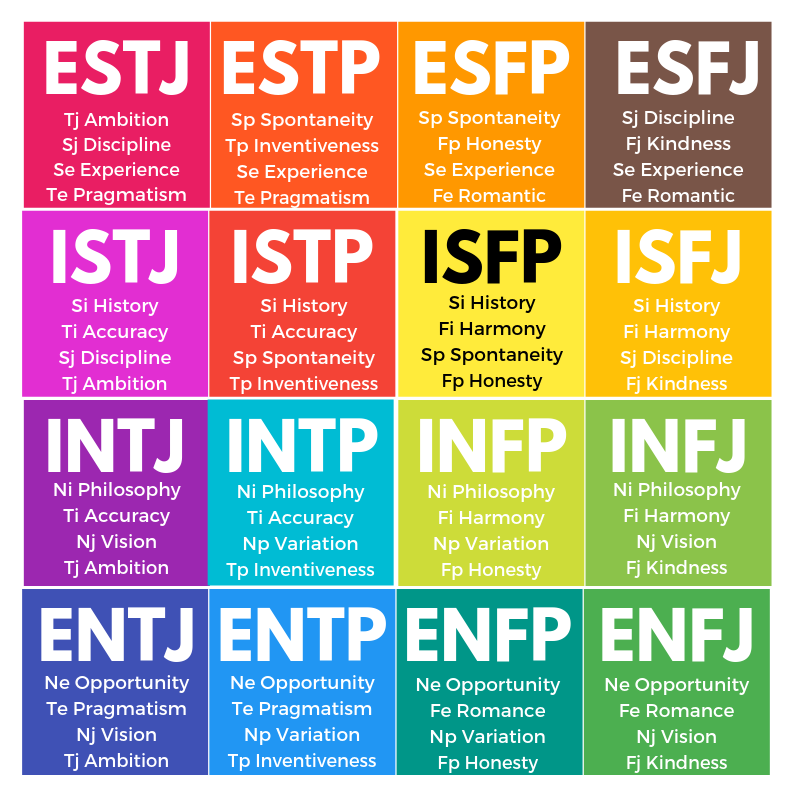 They’re highly introspective and curious, ask a lot of questions, appreciate the knowledge they possess, and want to engage in direct communication.
They’re highly introspective and curious, ask a lot of questions, appreciate the knowledge they possess, and want to engage in direct communication.
Their basic fear is around being seen as incompetent or unskilled.
Enneagram Type 6: Loyalist
Type 6 individuals appreciate consistency and safety. They’re trustworthy and make logical and reliable decisions. Loyalists are responsible, cautious, and loyal (hence the name).
They place great importance on being able to express themselves without any restrictions, and their basic fear is losing their support and security.
Enneagram Type 7: Adventurer
Adventurers want to experience everything the world has to offer them. They want to have fun, try exciting things, and always plan their next move. These individuals want to be joyful and fulfilled, and their basic fear is being deprived of an opportunity.
Sevens are full of out-of-the-box ideas, have an open-minded approach toward life, and appreciate positive communication with others.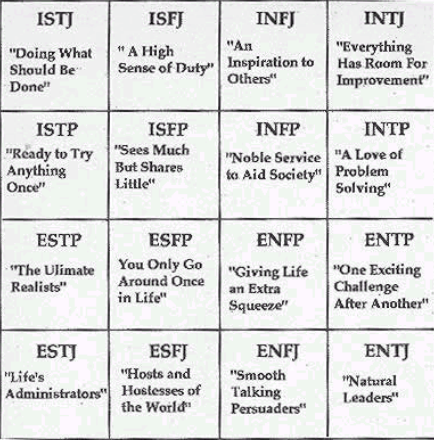
Enneagram Type 8: Protector
Put simply, protectors want to be in control of their lives. They are very strong, make decisions quickly, and have no problem leading the way for others. They’re confident and highly assertive, appreciate straightforward communication with others, and are fond of strong and logical ideas.
Type 8 individuals’ basic desire is to be free and protected. Their basic fear is being hurt or controlled.
Enneagram Type 9: Peacekeeper
Peacekeepers, as their name suggests, want to be at peace both with themselves and the people in their life. They’re agreeable, able to consider various perspectives, and highly adaptable. Such people are optimistic and their basic fear is being separated from the world.
These individuals want to engage in peaceful interactions, provide thorough feedback, and listen to others’ ideas.
Where can I find the test?
You can find the Enneagram Test on Truity.
6) Hogan Personality Inventory
Created in the 80s, The Hogan Personality Inventory, or HPI, is based on the Five-Factor Model of Personality devised by the personality psychologists Robert McCrae and Paul Costa.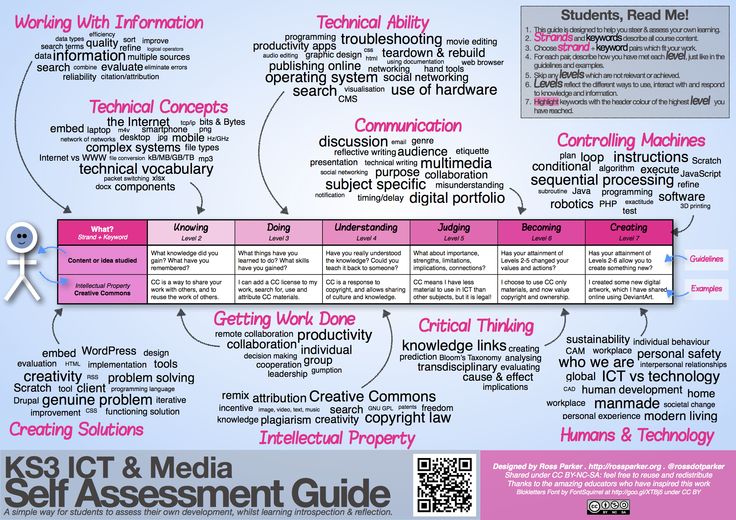
The HPI describes a person’s “bright” personality - or how people behave toward others when they’re at their best. The HPI assessment takes into account 7 personality traits or scales (and 42 subscales):
- ambition;
- sociability;
- interpersonal sensitivity;
- prudence;
- inquisitiveness;
- learning approach;
- and adjustment.
If employees get a high score on the Sociability scale, they’re regarded as talkative and outgoing; if they get a low score, they’re described as individuals who work independently and tend to be quiet.
It’s worth saying that this is one of those workplace personality tests which can be used in different corporate contexts. For instance, potential job candidates can take the assessment to see if they’re a good fit for the workplace they’re applying for, HR professionals may use it to check if employees can further develop within their roles or if it’s time for them to move up within the company.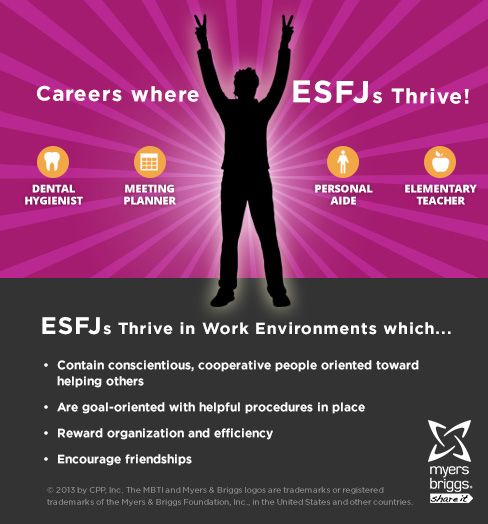
Where can I find the test?
You can take the assessment here.
7) Keirsey Temperament Sorter
The Keirsey Temperament Sorter (KTS) is a personality questionnaire created to help people understand themselves and those around them. KTS was developed by Dr. David Keirsey, a psychologist, and it was first published in the book Please Understand Me (1978).
Temperament is understood as a configuration of one’s communication methods, noticeable personality traits, ways of taking action, values, attitudes, etc.
Each temperament comes with its own set of authentic strengths and shortcomings. The Keirsey Temperament Sorter identifies four such temperaments:
-
The Artisan. such people are said to be excited, playful, adaptable, daring, persuasive, enticing, optimistic, impulsive, adaptable, and tactical;
-
The Guardian. these are individuals who are respectable, factual, cautious, concerned, dependable, law-abiding, steady, logistical, and detailed;
-
The Idealist.
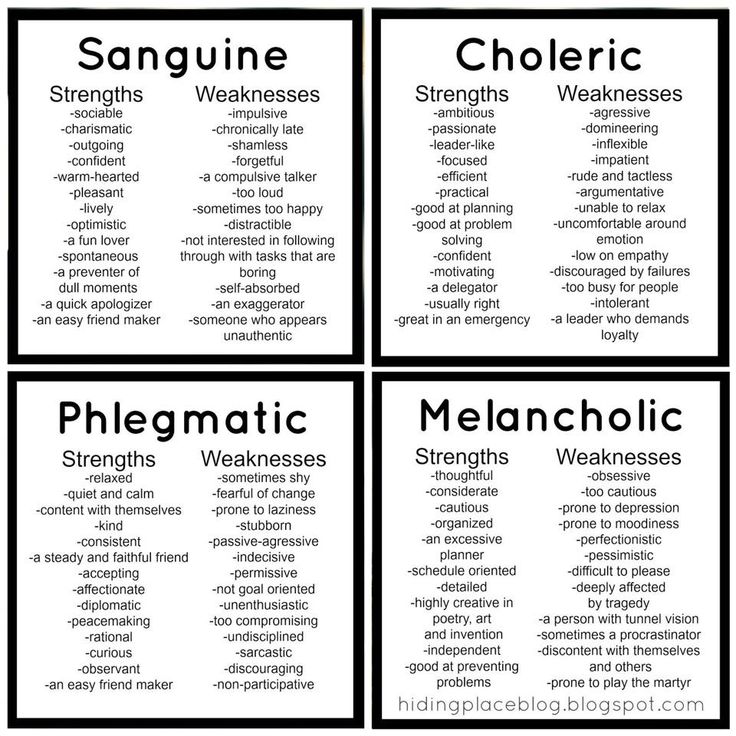 test-takers who identify with this temperament are authentic, imaginative, romantic, empathetic, intuitive, kind-hearted, sensitive, relational, and diplomatic;
test-takers who identify with this temperament are authentic, imaginative, romantic, empathetic, intuitive, kind-hearted, sensitive, relational, and diplomatic; -
and The Rational. these individuals are described as calm, ingenious, innovative, logical, curious, independent, strategic, pragmatic, and systemic.
With that said, Keirsey’s four temperaments can be subdivided even further. As such, they’re referred to as “personality types” or “character types”. So, if test-takers fall in the Artisan category, there are four kinds of Artisans that should be considered: Artisan Promoter (ESTP), Artisan Performer (ESFP), Artisan Crafter (ISTP), and Artisan Composer (ISFP).
How can this temperament classification help your company, job performance assessment, or help you understand each of your employees’ individual personalities?
Namely, Keirsey concluded that individuals’ distinct core pursuits depend on their temperament.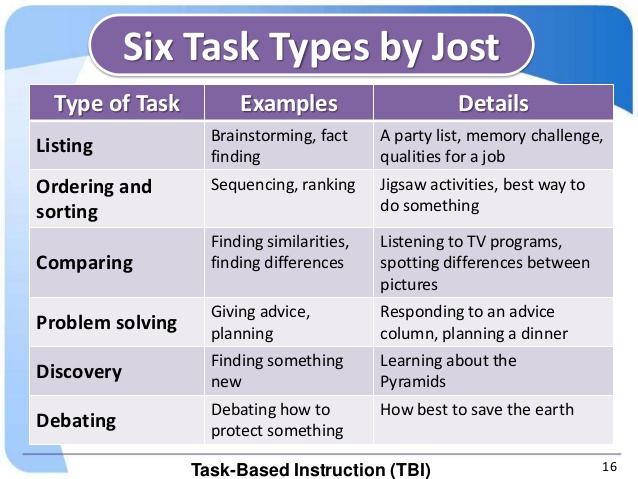 Each person feels what’s best for them, what goals they wish to pursue, as well as the methods they need to get there. Put simply, each of these four temperaments takes people on a different path of ambition and self-discovery.
Each person feels what’s best for them, what goals they wish to pursue, as well as the methods they need to get there. Put simply, each of these four temperaments takes people on a different path of ambition and self-discovery.
Moreover, the test is very useful for employers, too. It allows them to identify clashes between employees and navigate through communication issues (after all, the whole test revolves around people’s temperaments, so it’s only natural for the test to provide insights into how individuals behave in situations where their temperaments are brought to the surface).
Lastly, the Keirsey Temperament Sorter is very often compared to the Myers-Briggs Type Indicator. While it’s true they may share some commonalities, they also differ in some ways. For instance, the Myers assessment mostly focuses on how individuals feel and think, whereas Keirsey’s main focus is on how people behave.
Also, Myers’ descriptions seem to be much more linear and straightforward, while Keirsey’s tend to be part of a much more complex system.
On the whole, this workplace personality test is worth checking out - after all, the Keirsey Group is trusted by more than 75% of Fortune companies.
Where can I find the test?
Click on this link to get started, or check out this free sample here.
8) Big 5 Personality Test
The Big 5 Personality test, also referred to as the Five Factor, or the OCEAN personality type model, states that each person has five core personality traits (or dimensions). They’re:
- openness;
- conscientiousness;
- extraversion;
- agreableness;
- and neuroticism.
Alternatively, many often use the acronym CANOE when referring to these five traits. It’s the same OCEAN personality type model we just mentioned - it’s just the order of the letters that’s different.
We suggest going through them in greater detail as this will help you better understand this type of workplace personality test.
1) Openness
This trait denotes an individual who has a lot of insight and imagination.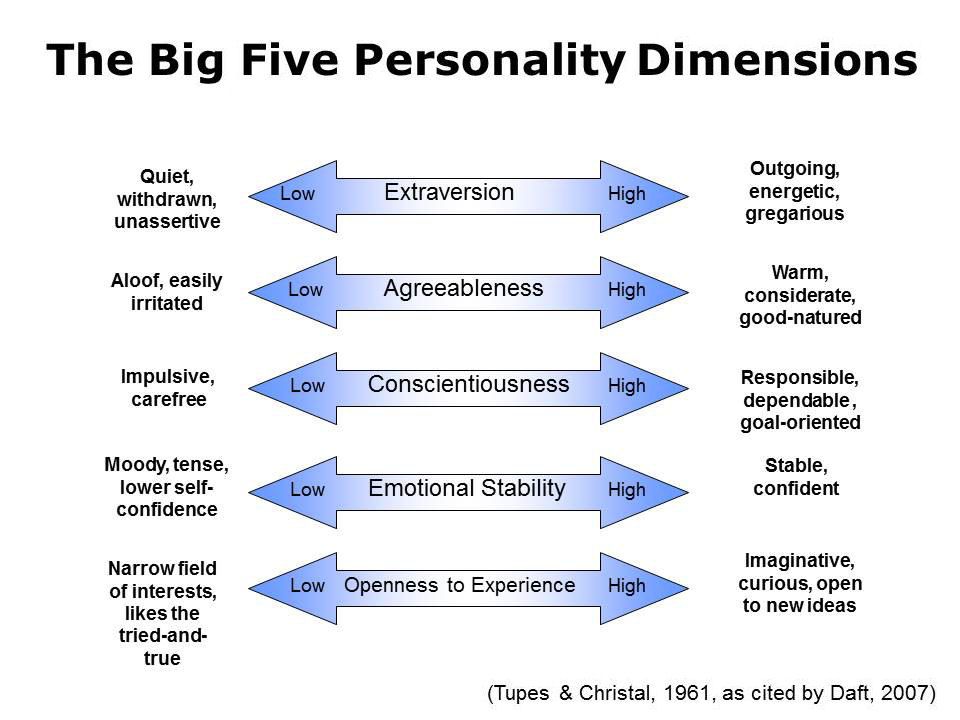 Such people also have a plethora of interests and are keen to learn new things. People who score high in this trait are quite creative, open to new challenges, and understand abstract concepts.
Such people also have a plethora of interests and are keen to learn new things. People who score high in this trait are quite creative, open to new challenges, and understand abstract concepts.
On the other hand, those who score low in this trait tend to dislike changes, resist any new ideas, aren’t imaginative, and aren’t interested in trying out new things.
2) Conscientiousness
As a trait, conscientiousness includes controlling one’s impulses, having high thoughtfulness levels, and moving toward one’s goals. Conscientious individuals are organized, take into account details, and plan matters ahead. They also understand how their behaviors affect other people and don’t struggle with deadlines.
Such people also finish significant tasks without any delays and enjoy having a fixed schedule and sticking to it. That said, those who score quite low in this trait fail to finish important tasks (or procrastinate very often), aren’t fond of schedules, and complicate things unnecessarily.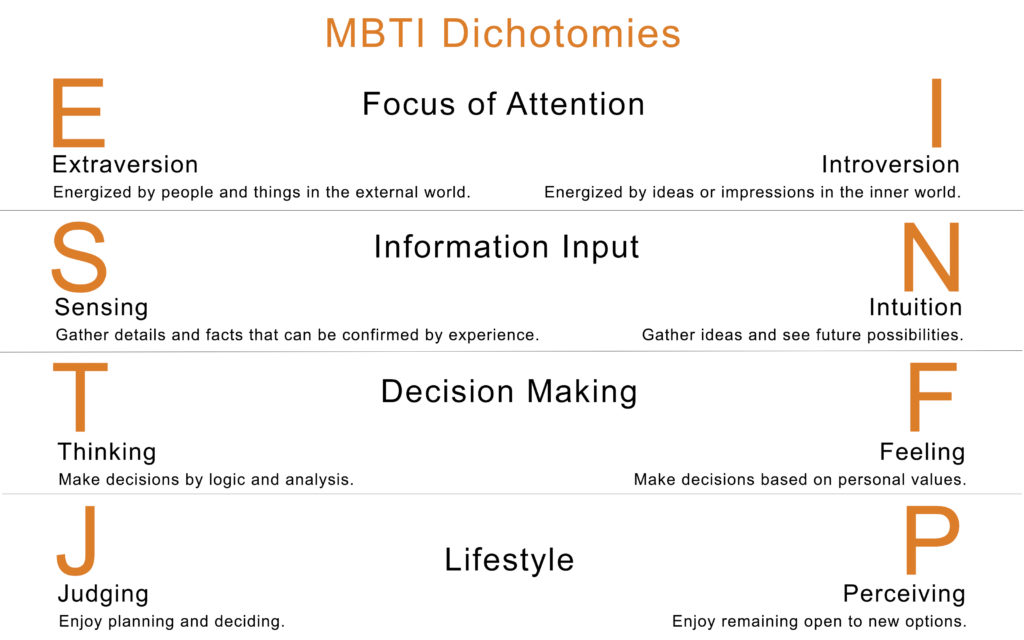
People who score high in this trait are outgoing individuals and always come across as energized (especially in social situations). They like being around people and enjoy being the center of attention. Such people have no problem initiating conversations, meeting new people, and having a big circle of friends.
Those who score low in this trait, however, tend to be much more reserved and don’t enjoy spending a lot of time in social contexts. Social events feel quite draining for them, which is why they require more solitude. They also dislike engaging in small talk, can’t stand being the center of attention, and don’t feel like starting conversations.
4) Agreeableness
This personality trait denotes notions such as altruism, affection, trust, and kindness. Individuals who score high in agreeableness are cooperative, deeply care about others, are able to feel empathy, and help others in need of assistance. They know how to properly contribute to others’ happiness, too.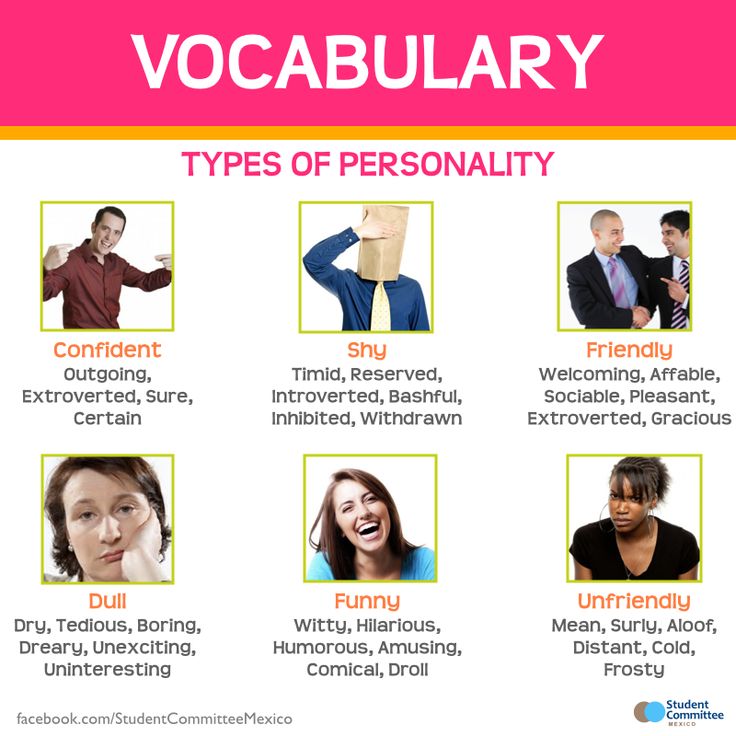
Individuals with low levels of agreeableness have little or no interest in others, manipulate people to achieve what they want, and don’t really care about other people’s feelings. They also might belittle or insult others.
5) Neuroticism
This final fifth trait is characterized by emotional instability, sadness, and irritability. Those who score high in this trait deal with anxiety and mood swings, and get upset quite frequently. They also worry about many things and have a lot of stress in their life.
Those who score low in neuroticism are much more stable and show emotional resilience. They cope with stress well, don’t overthink or worry too much, tend to be relaxed, and experience feelings of depression or sadness very rarely.
Finally, this workplace personality test is great for employers who wish to learn more about their new hires. The test results can help shed light on the potential employee’s personality, the job performance you can expect, and more importantly, how well they can adjust to your already established teams.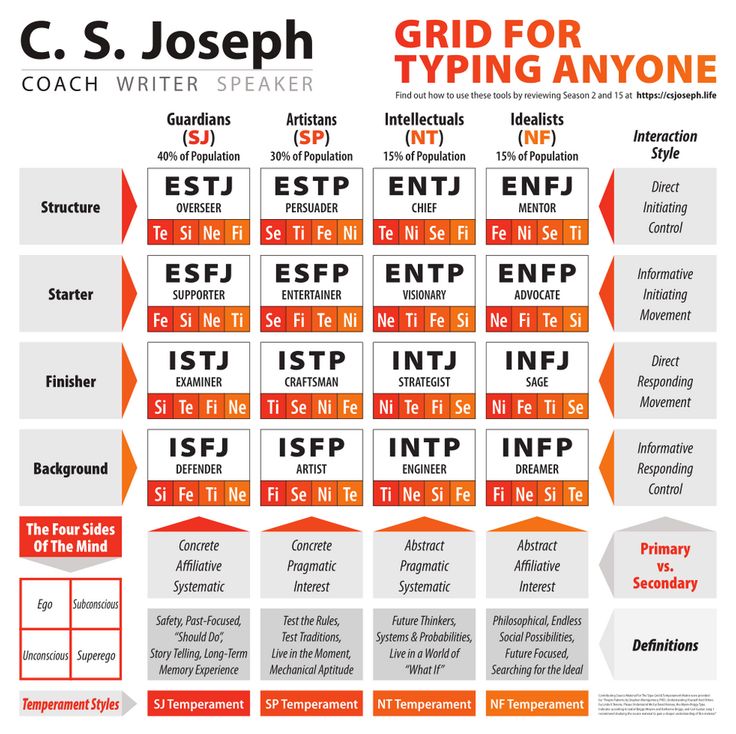
Where can I find the test?
You can find the test on WorkStyle, as it’s part of the personality tests package, or you can check Truity.
9) Minnesota Multiphasic Personality Inventory
Many perceive the Minnesota Multiphasic Personality Inventory (MMPI) test to be quite complicated, as it underwent a lot of changes and versions to be what it is today. It was originally developed by an American neurologist, J. C. McKinley, and an American psychologist, Starke R. Hathway.
Initially, the test was used to assess a person’s mental health and give a diagnosis, and later it started being used in non-clinical contexts as well, such as a screening tool for certain professions (especially high-risk jobs) to assess the candidates’ psychological stability. This, however, caused some controversy due to the way the test was initially perceived.
Currently, the test is administered in one of its two existing forms - the so-called MMPI-2, which consists of 567 true/false questions, and the newer form, the MMPI-2-RF version, which includes 338 true/false items.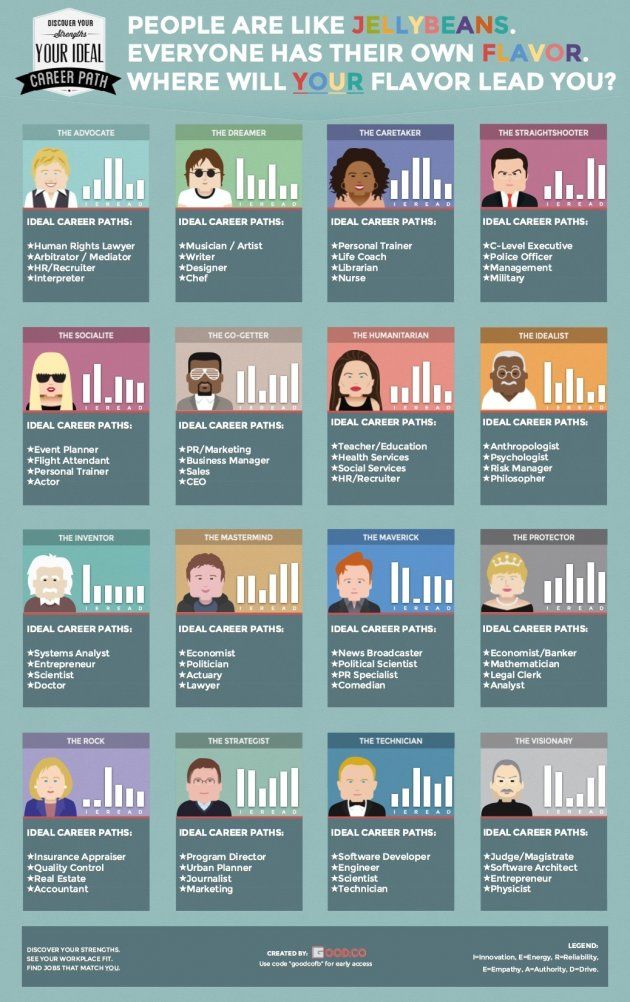
Although the MMPI-2-RF version is much quicker to complete, the MMPI-2 is still much more widely used due to its familiarity among psychologists and an already existing research base.
The test has the so-called 10 clinical scales. Each one of them indicates a separate psychological condition. Although each scale comes with a different name, oftentimes, people just refer to the scales by using their respective numbers, as many of the conditions are said to have overlapping symptoms.
Below we share a bit more about each of them.
Scale 1 - Hypochondriasis
This scale was created to assess body concerns and overall bodily functioning matters, which is why the items listed on this scale deal with physical symptoms and well-being matters. After all, it makes sense - the scale was originally developed to help identify individuals with symptoms of hypochondria.
Scale 2 - Depression
This scale was created with the intention of identifying depression.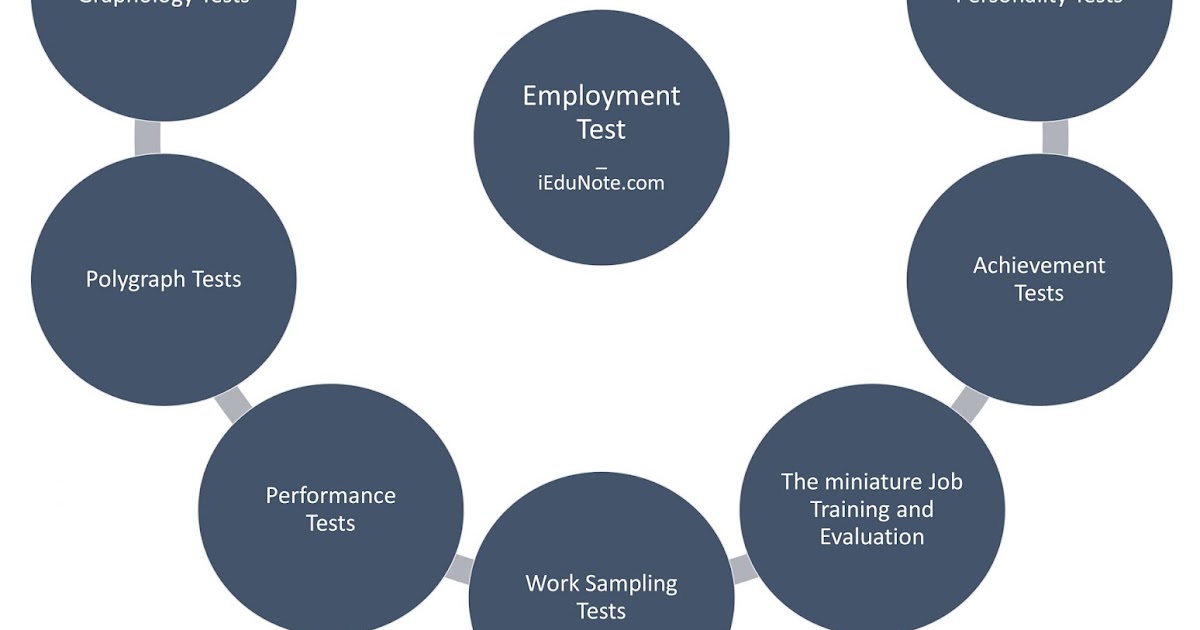 Very high scores confirm depression, whereas somewhat moderate scores tend to suggest dissatisfaction with one’s life.
Very high scores confirm depression, whereas somewhat moderate scores tend to suggest dissatisfaction with one’s life.
Scale 3 - Hysteria
The purpose of this scale was to identify people who exhibit hysteria or physical complaints in some stressful moments.
Well-educated individuals tend to score higher on this scale. It’s alleged that women score higher than men.
Scale 4 - Psychopathic Deviate
This scale was created to single out people with psychopathic tendencies. The scale is said to measure the lack of acceptance of any authority, social deviation, and amorality.
Those who score higher are usually much more rebellious, while those with lower scores are much more adaptable and accepting of authority.
Scale 5 - Masculinity-Femininity
The fifth scale was supposed to discover homosexual tendencies (however, it turned out to be ineffective).
Nowadays, the scale measures how much or how little an individual identifies with the stereotypical female and male gender behaviors, interests, and roles.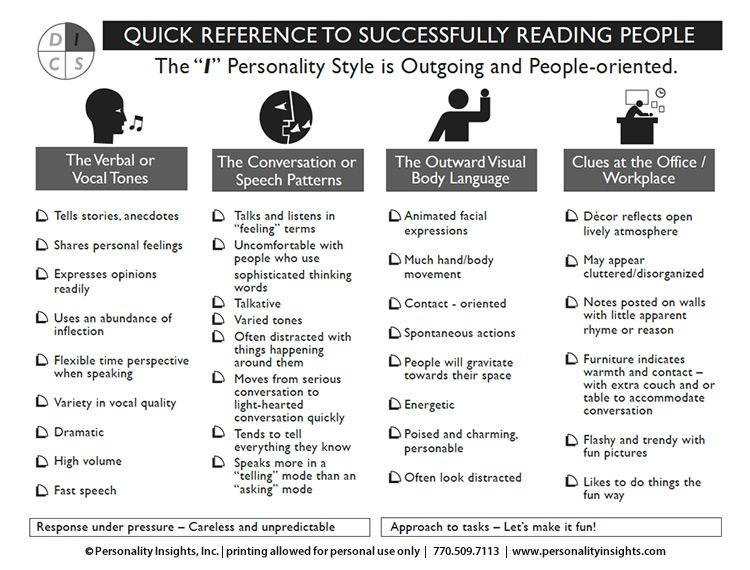
Scale 6 - Paranoia
This scale singles out people with paranoid-like symptoms, excessive sensitivity, suspiciousness, and so on.
Individuals who score quite high on this scale usually have psychotic or paranoid symptoms.
Scale 7 - Psychasthenia
This seventh scale isn’t used today. However, the symptoms that are connected with this scale resemble those of depression, anxiety, extreme worry, and OCD.
Scale 8 - Schizophrenia
This scale was initially developed to discover people with schizophrenia. However, now it stands for a plethora of areas, such as social alienation, weird thought patterns, poor family relationships, impulses, difficulty concentrating, and others.
Scale 9 - Hypomania
The ninth scale was created to single out individuals with hypomania characteristics, including hallucinations, elevated mood, and irritability, to name a few.
The last scale was created much later than the previous nine scales.
It was designed to track a person’s shyness and habits of withdrawing from social responsibilities and interactions.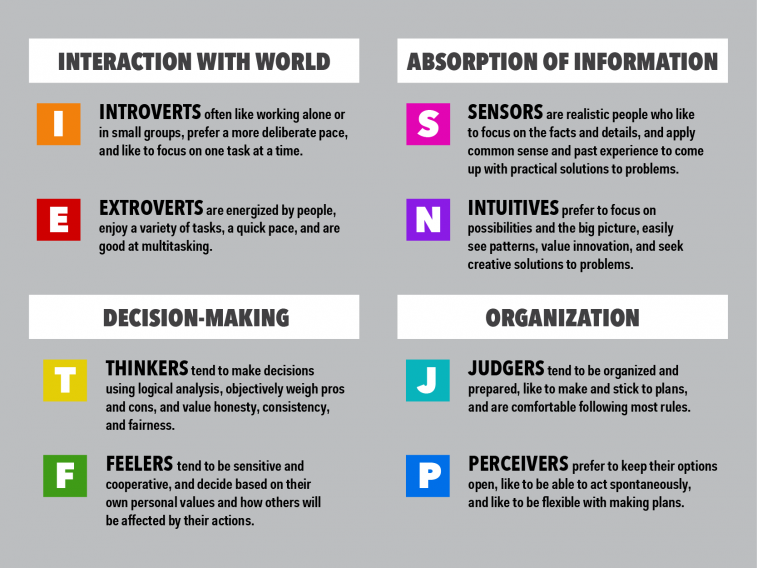
All in all, this test benefits the workplace by assessing candidates’ personalities and credibility. It also helps with sorting candidates for different key positions within the company.
Where can I find the test?
You can take the test here.
10) Test Color
Colors can reveal one’s emotions, and emotions reveal one’s personality. At least that’s what Test Color claims. And with more than 23 000 000 tests taken thus far, we dare say they know what they’re talking about.
The color test, which is made in accordance with Jung’s typology and Freud’s approach, is capable of generating more than 50 million different answers, customized according to each test-taker. Moreover, their assessments are validated by qualified psychoanalysts and psychologists, further proving the test’s validity.
Here are the premises upon which this type of assessment rests. Allegedly, emotions are said to always tell the truth. When we find ourselves in front of symbols, colors, and similar objects, they tend to trigger emotions within us. These emotions then determine our preferences.
These emotions then determine our preferences.
The classic personality assessments are seen as somewhat flawed in the sense that test-takers always try to present themselves in the best light possible. This approach, however, manages to disable such subjectivity. It’s very difficult to manipulate the answers when you don’t quite understand what each symbol or color stands for in the final test results.
Once a person takes the test, they receive:
A detailed personality description.
This is a 20+ page report with personalized information which describes the individual’s personality in a very detailed way.
A professional profile.
This includes the person’s detailed professional profile with content such as strengths, overall qualities, weaknesses, and more.
Personality types.
Consistent with both Jung’s model and the color personality types model.
Lifestyle.
This final bit consists of the most important components that make up that person’s character, evolution, and overall choices throughout life.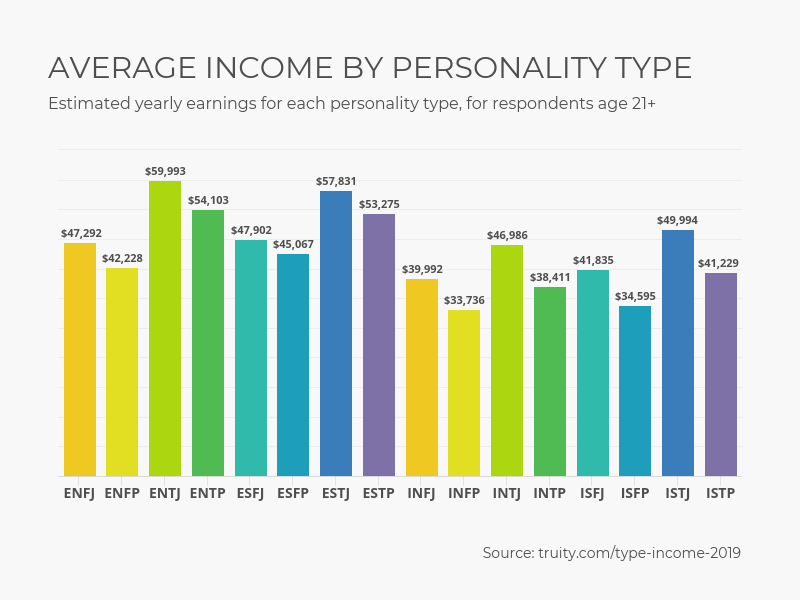 It also deals with how the person impacts those around them and how others perceive them.
It also deals with how the person impacts those around them and how others perceive them.
All in all, this workplace personality test is a great option for employers who wish to provide their teams with a creative assessment and take a break from the traditional personality assessments.
Where can I find the test?
You can take this workplace personality test on this website.
Frequently Asked Questions
What does a personality test tell you?
A personality test:
- tells you how well you perform at a specific job position based on your skills, strengths, and behaviors;
- shows what drives, motivates, and inspires you;
- informs you about your weaknesses;
- shows if you’re a good fit for a specific company and its work environment;
- helps you learn more about yourself;
- gives you insights into matters you might not be familiar with;
- confirms things you have thought about yourself;
- shows you how you interact with those around you as well as the environment you belong to;
- tells you if you’re going to be successful in the job position you’ve applied for, and more.
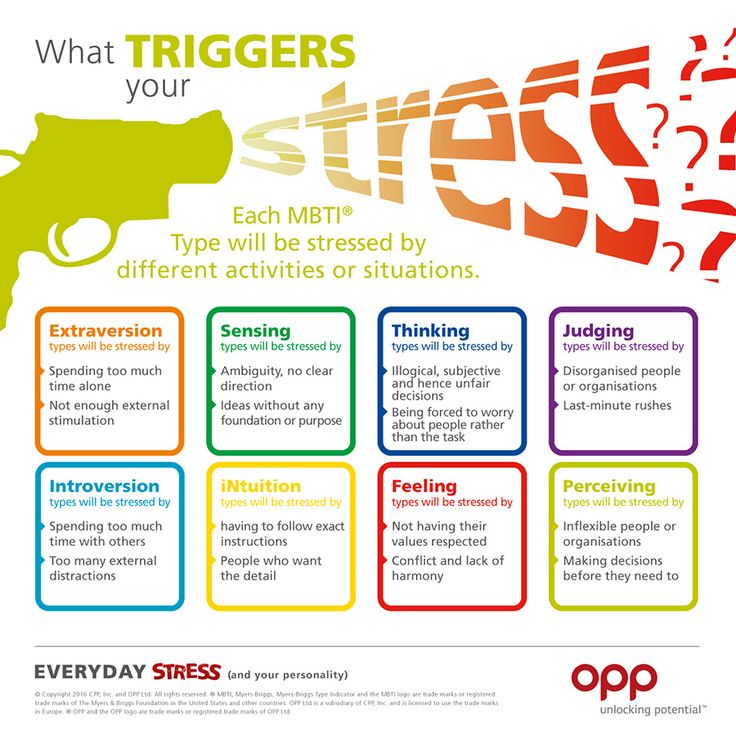
Can personality tests lead to successful employees?
Personality tests cannot produce successful employees on their own. Put simply, using the tests and the results isn’t enough - it’s more about what you do with the test results and how you use the information you receive from them.
For example, if you conduct such personality testing as part of a team-building activity, and you clearly realize some of your employees would be great team players, but you keep on assigning them just individual tasks, are you allowing them to shine the way they’re supposed to? Are you enabling them to be successful in the way they know best?
With that said, it’s clear that both team players and more independent employees should be able to adjust to different task contexts and various assignments, but the point is that sometimes using these workplace personality tests can help you make decisions that will bring more success than ignoring them ever will.
Are the tests accurate?
There are many factors that could impact a personality test’s accuracy and fairness.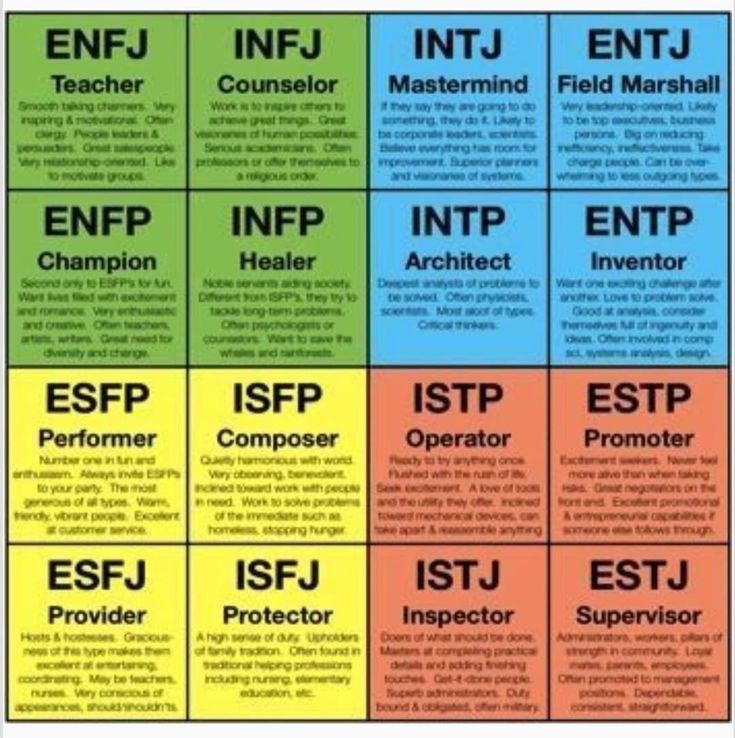 For instance, the test-taker might not be feeling well that day and the answers might not reflect who they truly are. It also happens that applicants answer the questions in a way that’s aligned with the company’s expectations and overall culture because they want to get hired. In essence, the test results won’t reflect that person’s character, traits, and behaviors.
For instance, the test-taker might not be feeling well that day and the answers might not reflect who they truly are. It also happens that applicants answer the questions in a way that’s aligned with the company’s expectations and overall culture because they want to get hired. In essence, the test results won’t reflect that person’s character, traits, and behaviors.
Moreover, overusing the tests may lead to tricky results. For example, if you give the same test to an employee during the onboarding process and several months down the road, they might know what answers to choose so that they can “improve their score”.
All these examples show us we can’t blindly follow the test results. They’re a great tool to rely on, but we have our own reasoning, observations, and thoughts about a specific employee - the tests are simply meant to help us make more informed decisions.
Finally, if you ever struggle with a specific test (or a test result), and you can’t seem to make a decision, you can always consult your HR team for further guidance.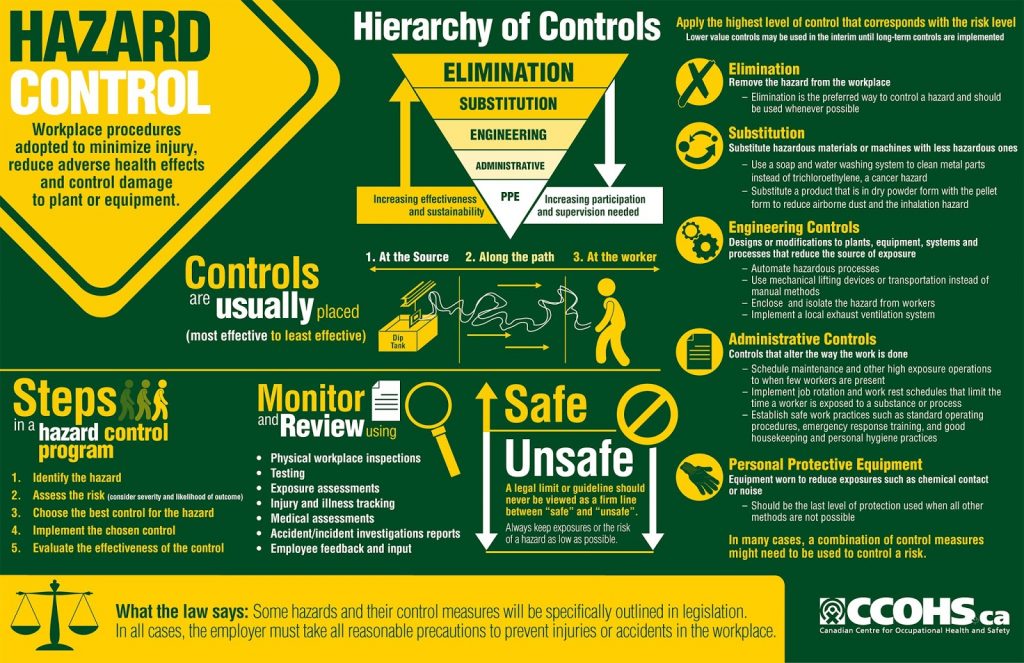
Final Words
We’ve reached the end of our article on the ten best workplace personality tests for teams.
If you’re already familiar with personality types, personality testing, and the likes, we hope we managed to deepen your knowledge.
And in case you haven’t been quite acquainted with the concept of workplace personality tests, their purpose in the company, and the impact they have on job performance and company culture, we hope we got your attention and you’ll consider including such assessments in the near future.
You can’t lose anything by incorporating these workplace personality tests in your workplace (even if it’s just for fun, team-building purposes), and there’s everything to be gained.
The 8 Best Personality Tests Used in Psychology (and by Employers) • BUOM
By Indeed Editorial Team
June 30, 2021
Personality tests are often used to understand who people are and what drives them. From an employer's perspective, understanding a potential employee's personality can shed light on their work style and how they might fit into the company's work culture.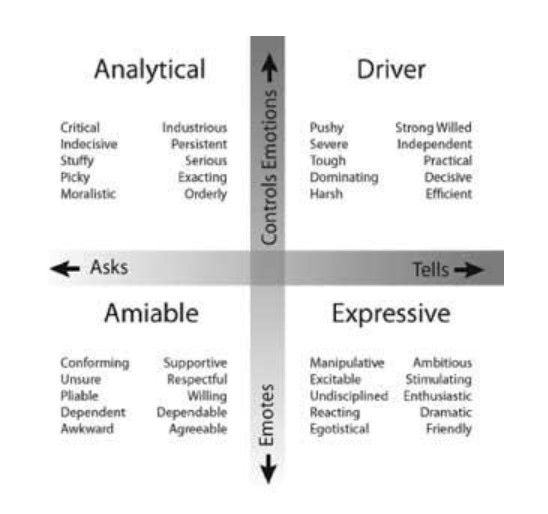 In this article, we'll cover the most common types of personality tests used in psychology and how they can be applied in the workplace. nine0003
In this article, we'll cover the most common types of personality tests used in psychology and how they can be applied in the workplace. nine0003
What is a personality test?
Coming from the field of psychology, personality tests have been used to better understand character traits in a variety of settings, including, if not especially, the workplace. Otherwise, they may be useful for psychological diagnosis by mental health professionals, personal development, or maintaining positive relationships with others. Over the years, countless personality tests have become popular, many of which are still distributed or readily available online. nine0003
History of the personality test
The roots of personality tests are closely related to psychology, which has become a respected science. Psychology itself goes back to Wigelm Wundt, the "father of psychology", who first distinguished between the human personality and the human body in the 19th century. But the personality test did not exist until the end of World War I in the 1900s, when the Woodworth Personal Data Sheet appeared, which was used to assess the psychological trauma of returning soldiers.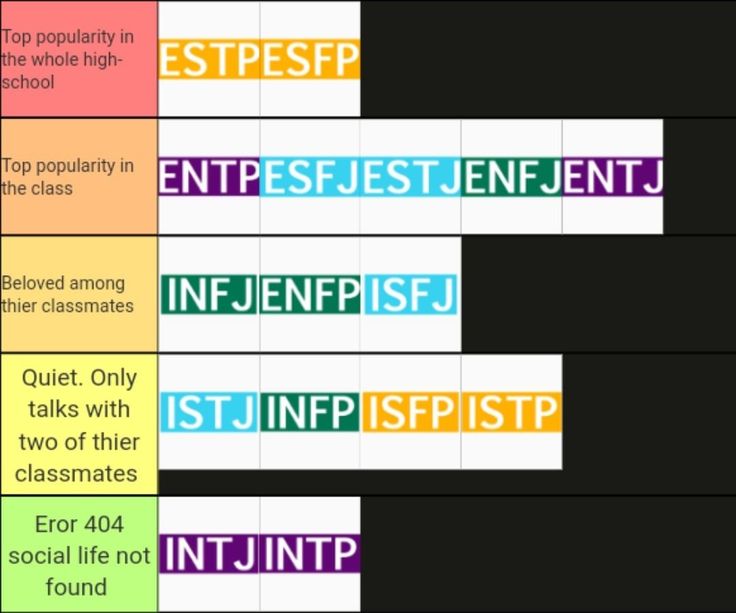
Around the same time, another personality test became popular, the psychoanalyst Herman Rorschach's inkblot test, better known as the Rorschach test, which is still sometimes used in psychology today.
The 8 Best Personality Tests Employers Use
It's not uncommon these days to come across a personality test when looking for a job. Employers often use various personality tests to understand the personality traits of their employees. Pre-employment personality assessment can also be used to assess the likelihood of success of job applicants. Some of the more common of these personality tests include:
1. Myers-Briggs Type Indicator
The Myers-Briggs Type Indicator, also known as MBTI, is often used by companies in the recruitment process. His questions determine which of four key groups the candidate falls into: extraversion or introversion, judgment or perception, intuition or feeling, and thinking or feeling. The results of these groupings place the subjects in one of 16 personality types. There are 93 questions in total, which is quite a long estimate.
There are 93 questions in total, which is quite a long estimate.
2. Support profile
The Caliper profile measures how the personality of a job seeker or employee correlates with their performance at work. This personality test is often used during job audits. When taking this test, you will be answering questions in a variety of formats, the most common of which is a set of statements and prompts you to choose which one best fits your views. Other question formats include true or false, multiple choice, and agreement scales. nine0003
This assessment looks at both the potential negative and positive attributes of the candidate to give a broader picture of how they will fulfill their role. It can also be configured to target specific behaviors that are especially important for a particular job or feature.
3. 16 Personality Factors Questionnaire
In 1949, Raymond B. Cattell, Maurice Tatsuoka, and Herbert Hébert published the first version of the 16 Personality Factors Questionnaire, also called the 16PF, although it has been revised over the years. It helps measure people's behavior and has many uses, including career development and employee promotion. The types of personality traits it measures include dominance, rule awareness, sensitivity, emotional stability, perfectionism, self-confidence, and openness to change. nine0003
It helps measure people's behavior and has many uses, including career development and employee promotion. The types of personality traits it measures include dominance, rule awareness, sensitivity, emotional stability, perfectionism, self-confidence, and openness to change. nine0003
4. SHL Professional Personality Questionnaire.
The SHL Occupational Personality Questionnaire, also called OPQ32, provides insight into how an individual's personality traits and behaviors can affect work performance. It includes 104 questions that measure 32 key characteristics, which are divided into three main areas that influence a person's behavior at work: emotions, ways of thinking and feeling, and relationships with people. Each question includes several statements, and the taker chooses the one that describes them the most and the one that describes them the least. nine0003
The results are provided as an individual report for each applicant, detailing their strengths and weaknesses, as well as a graphical summary that can be used to compare candidates against each other.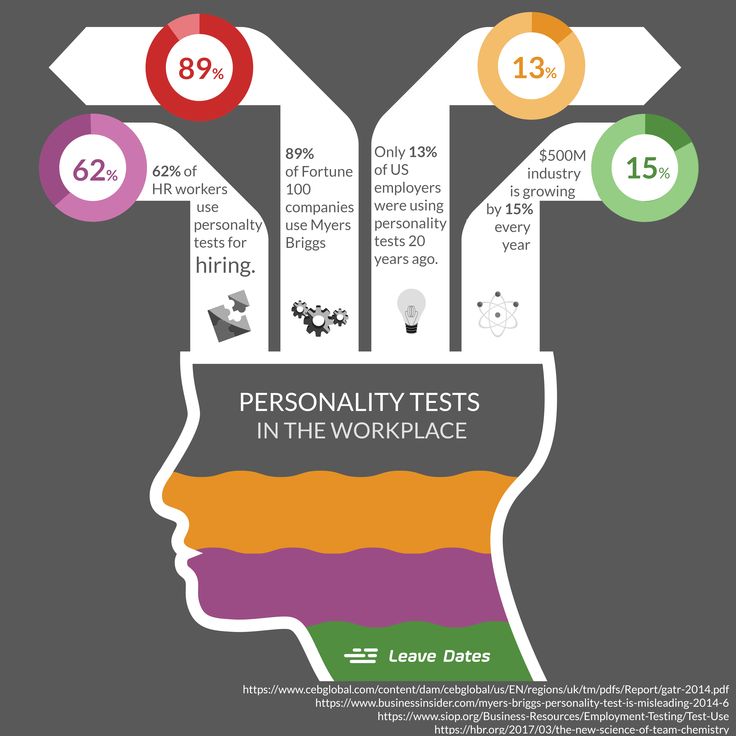
5. The HEXACO Personality Inventory Revised
More than two decades ago, researchers compiled the HEXACO Personality Inventory to assess various aspects of an individual's personality and how they apply their own theoretical interpretations to different situations. It measures six key personality dimensions: honesty/humility. nine0045 emotional stability, extraversion, agreeableness, conscientiousness and openness to experience. In the revised version, you can choose from three test length options: full (200 questions), half (100 questions), and HEXACO 60 (60 questions).
6. Revised NEO Personality Inventory
The latest version of the Revised NEO Personality Inventory was completed in 2005. It measures and tests the five core traits outlined in the Five Factor Model of Personality: neuroticism, openness to experience, agreeableness, conscientiousness, and extraversion, with each of these five traits being impaired. down into additional subcategories.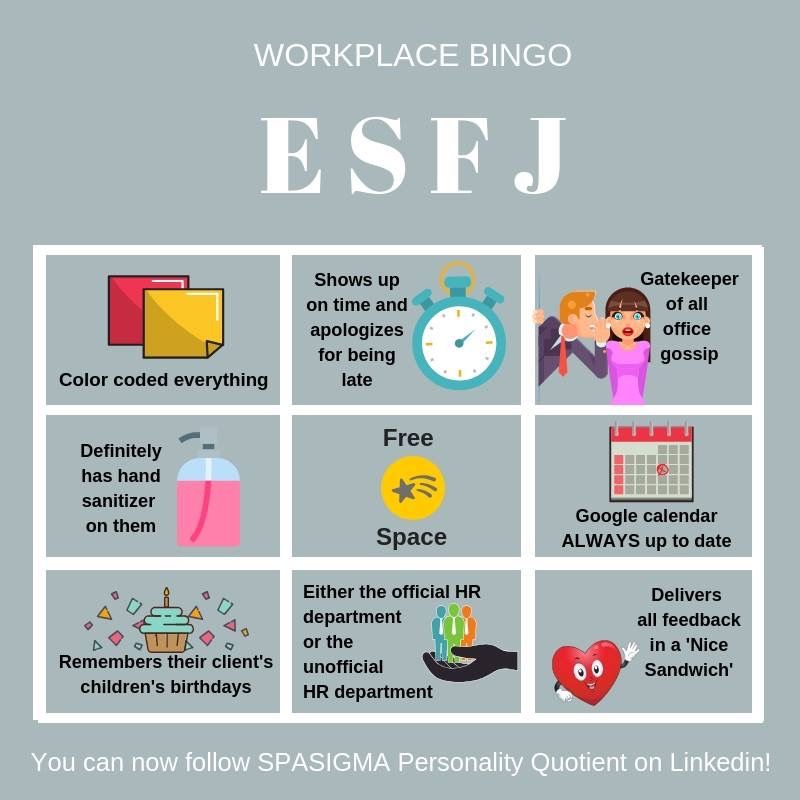 For example, the trait of neuroticism includes vulnerability to stress, anxiety, depression, impulsivity, and shyness. Many of the characteristics it measures are important in the workplace, which has led to an increase in its use as an employment screening tool. nine0003
For example, the trait of neuroticism includes vulnerability to stress, anxiety, depression, impulsivity, and shyness. Many of the characteristics it measures are important in the workplace, which has led to an increase in its use as an employment screening tool. nine0003
7. Eysenck Personality Inventory
The Eysenck Personality Inventory evaluates a person's personality based on two key dimensions: neuroticism versus stability and extraversion versus introversion. The results include three main measures: "E" (extraversion level), "N" (neuroticism level) and "falsehood", which measure the honesty of the assessment, based on the desire to get higher scores. The full assessment includes 100 questions, although there is also an abbreviated version with 57 yes/no questions.
8. DISC Personality Test
Based on the Dominance, Influence, Consistency and Conformity (DISC) categories, this test is broken down into 28 statements, each with four options for the subject to assess how they identify yourself with an assertion that ultimately leads to one of 12 different personality types.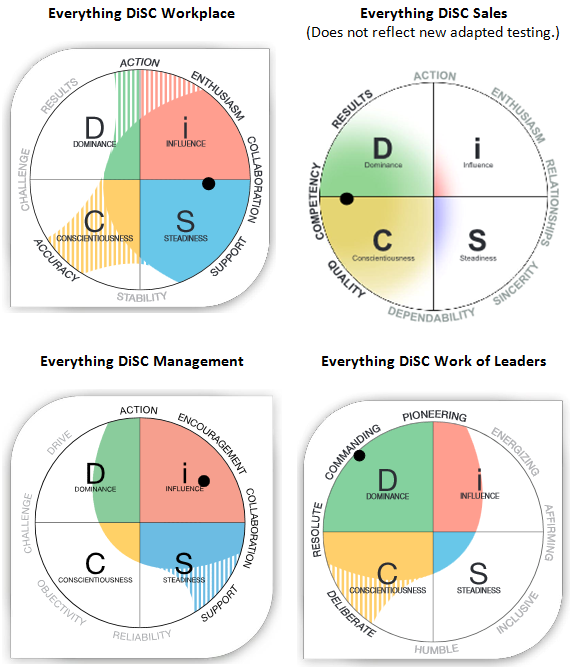
Why personality testing is useful in the workplace
Understanding your own personality traits can be a powerful tool in choosing a career path. In addition, this self-awareness can give you an advantage when assessed by potential employers. Taking a personality test can help you:
Understand your own skills and interests
Understanding your personality type will shed light on the strengths you can highlight on your resume, as well as skills that you could potentially improve.
Identify promising career paths
When considering a study opportunity, college major, or potential career change, a personality test can be helpful in guiding your professional development.
Present yourself positively to the employer
Personal assessments may come up during the interview process. It can be helpful to know your personality type beforehand so that you are ready to speak confidently about yourself.
Identify your ideal work environment and relationships
In a broader context, you probably already know if you are more introverted or extraverted A more detailed understanding of how your personality is classified can help you understand which environment or relationship is most likely will help you thrive.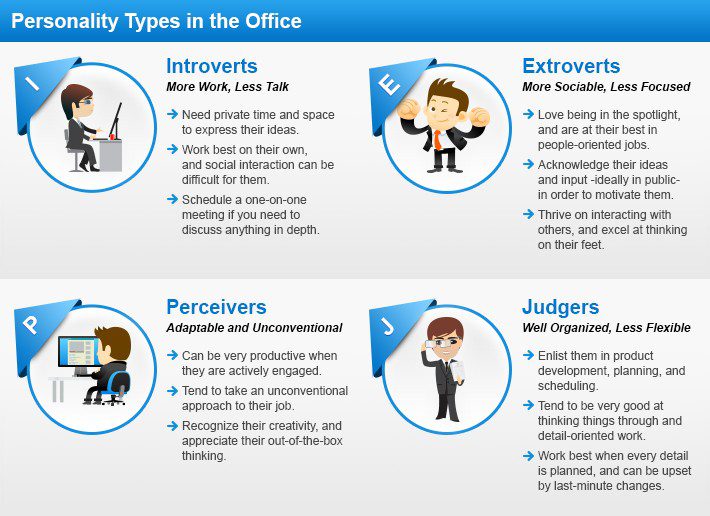 nine0003
nine0003
Be aware of potential problems in a given work role or environment
Understanding which circumstances may be more difficult can help you prepare for them or avoid them entirely. You will also be able to focus on self-improvement if you are aware of personality traits and situations that are more likely to create obstacles for you.
5 personality tests that can decide the fate of the applicant at the interview
Once upon a time, in order to get a job, it was enough to send a resume to the right company without errors, provide good references and answer a couple of questions.
Today, many job seekers notice that success is increasingly dependent on personal rather than professional qualities.
According to the 2014 Trends Report published by consulting agency CEB, 62% of HR professionals use personality tests for recruiting. In 2010 this figure was 50% (according to the research center Aberdeen Group). nine0003
If you haven't come across such practice yet, you still have a chance to prepare for such tests.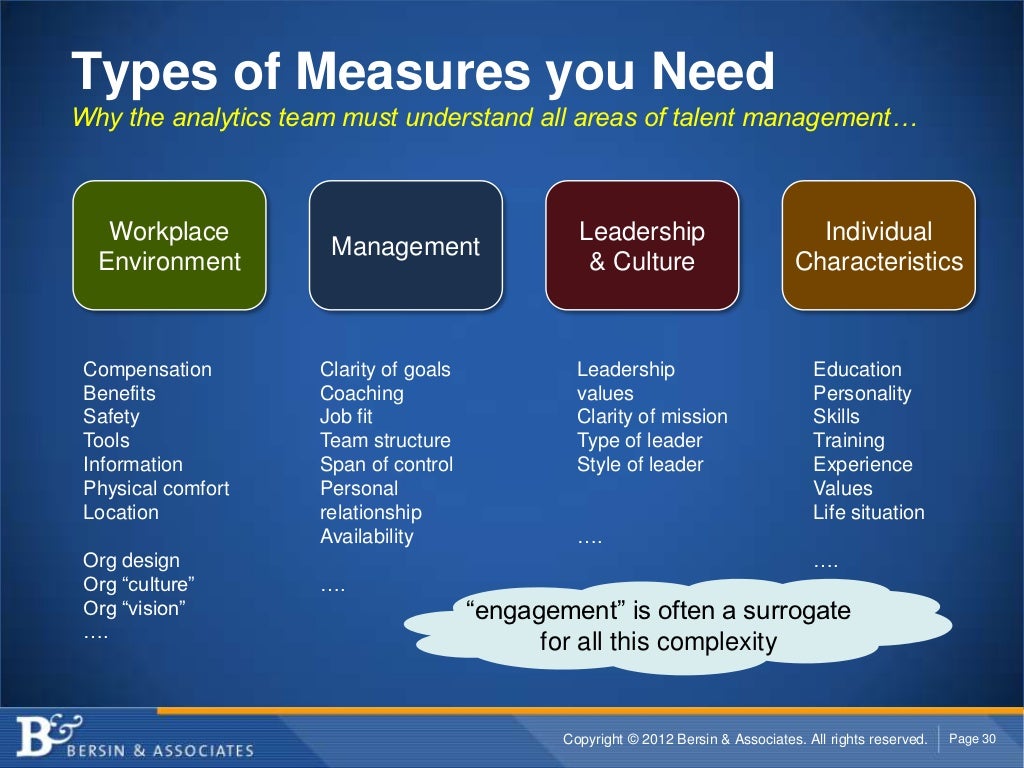
What for? Companies are constantly looking for new ways to make sure they are making offers to the right candidates.
Not only do they want to weed out those who can't do the job so as not to waste time and money repeating the process, but they also want to reject those who are ready to leave their place as soon as a new opportunity presents itself.
"Personality tests allow us to analyze behavioral responses associated with professional competence," says Paul Gorrell, Ph.D., founder and director of Progressive Talent. nine0003
Employers use these evaluation systems to compare applicants' performance against the requirements of the position they are applying for. There are no right or wrong answers to personality test questions, just some of them do not correspond to what the employer wants to hear.
"For example, if the job involves active sales, and the applicant is indecisive, not inclined to take risks, and is too slow to adapt to the situation, most likely he is not suitable," explains Gorrell.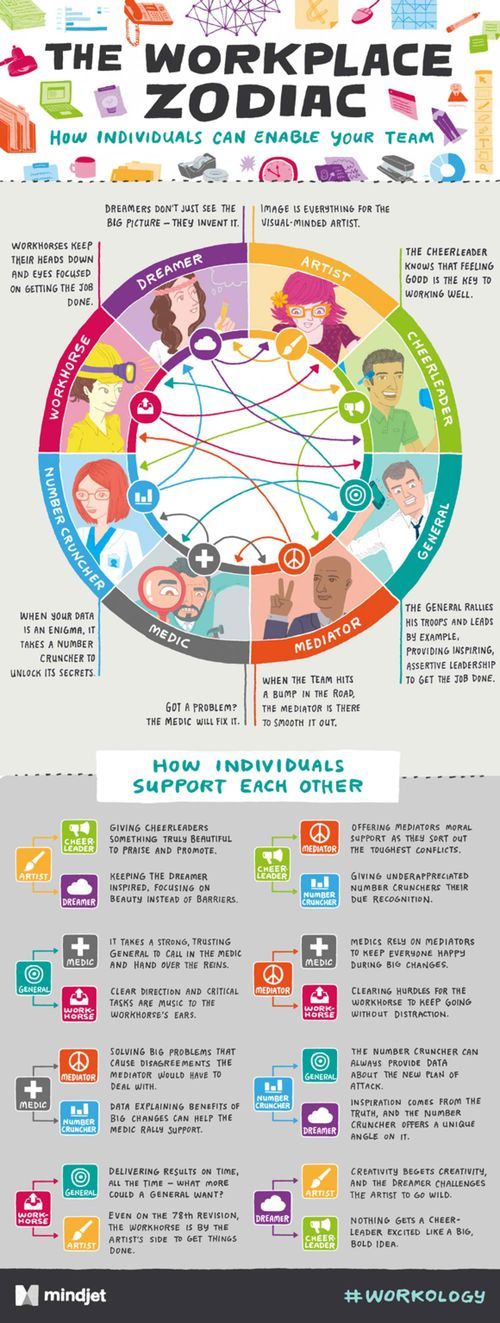 - "But in the customer service department, such a candidate would come in very handy." nine0003
- "But in the customer service department, such a candidate would come in very handy." nine0003
However, not all assessment methods are the same. Some of them allow you to select ideal candidates with great accuracy, while others can be completely ineffective.
"All means of recruitment are good for development, but not all are good for selection," warns Gorrell.
That is why we decided to evaluate the existing methods. What is the result? Three popular personality tests turned out to be quite acceptable, and two did not pass the test, because they cannot be used to judge the competence of the candidate. nine0003
1. Caliper test (Caliper Profile)
Description: This rating system has been used for 50 years and allows you to determine the presence of certain personal qualities (for example, perseverance or accuracy) that are relevant to work.
Take, for example, the ability to empathize. According to Gorrell, the test is designed to reveal "a combination of qualities that help to find out how well a person understands other people, how flexible and ready to contact.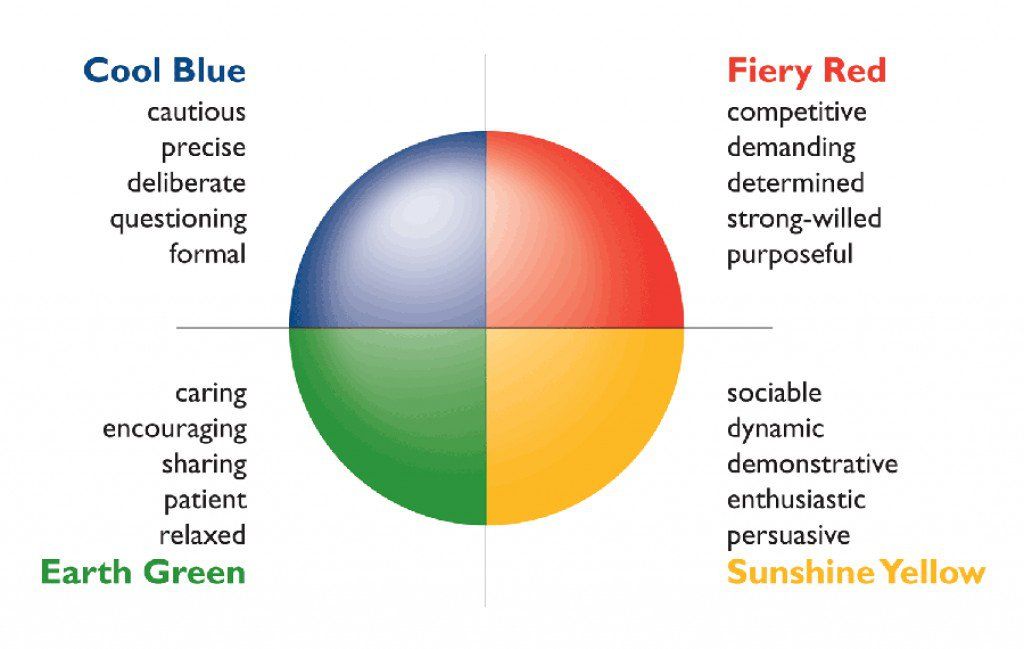 This can come in handy when hiring employees who will be responsible for customer service or implementing changes in the company. ". nine0003
This can come in handy when hiring employees who will be responsible for customer service or implementing changes in the company. ". nine0003
What the questions look like: The candidate is asked to choose the statement that best reflects their point of view and tick the appropriate box on the questionnaire. From the remaining options, they are asked to choose the statement that best reflects the candidate's point of view.
For example:
A. Sometimes it's better to lose than to offend someone.
B. I am good at the art of small talk.
Q. We must always follow accepted norms and protocols. nine0045 D. During the working day, I sometimes lose control of the situation.
Conclusion: An effective test! "The Caliper Profile is great for identifying people's motivations," says Gorrell. "Unlike other tests, it evaluates both positive and negative aspects, allowing you to see the big picture."
2. Gallup StrengthsFinder
Description: The test was developed decades ago at the Gallup Institute (which is where all this research is now being done).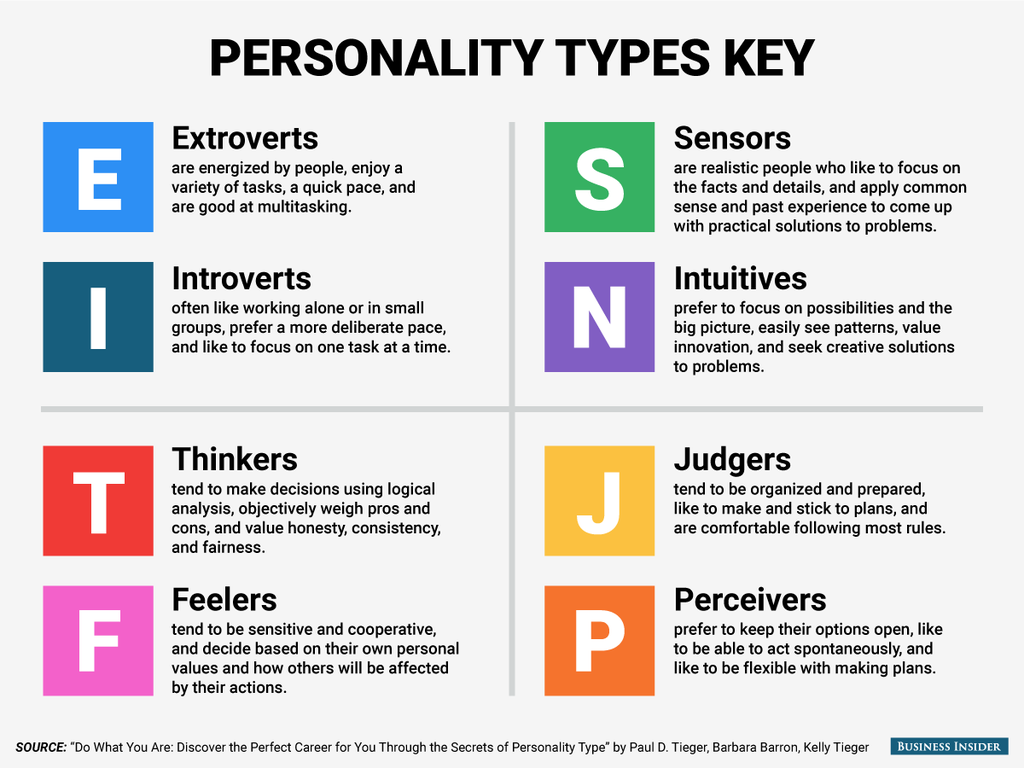 The authors suggested that other methodologies put too much emphasis on candidates' weaknesses. nine0003
The authors suggested that other methodologies put too much emphasis on candidates' weaknesses. nine0003
Based on the answers to 177 questions, the researchers draw a conclusion about the positive qualities that the respondent may have. The result includes the 5 strongest qualities that determine success in a particular area of activity.
Let's say the candidate scored the most points on the "positive attitude" item. This means that he will be able to excel in a job that involves constant rejection (for example, in a call center or a fundraising organization). nine0003
If he strives for achievements, then he has the very place in an organizational or managerial position.
What questions look like: Each question consists of two statements.
For example: "I enjoy helping people" and "When I have a difficult task that needs to be done perfectly, I rely on the strengths of my colleagues and do not try to do everything myself."
The respondent must choose the statement that best describes them.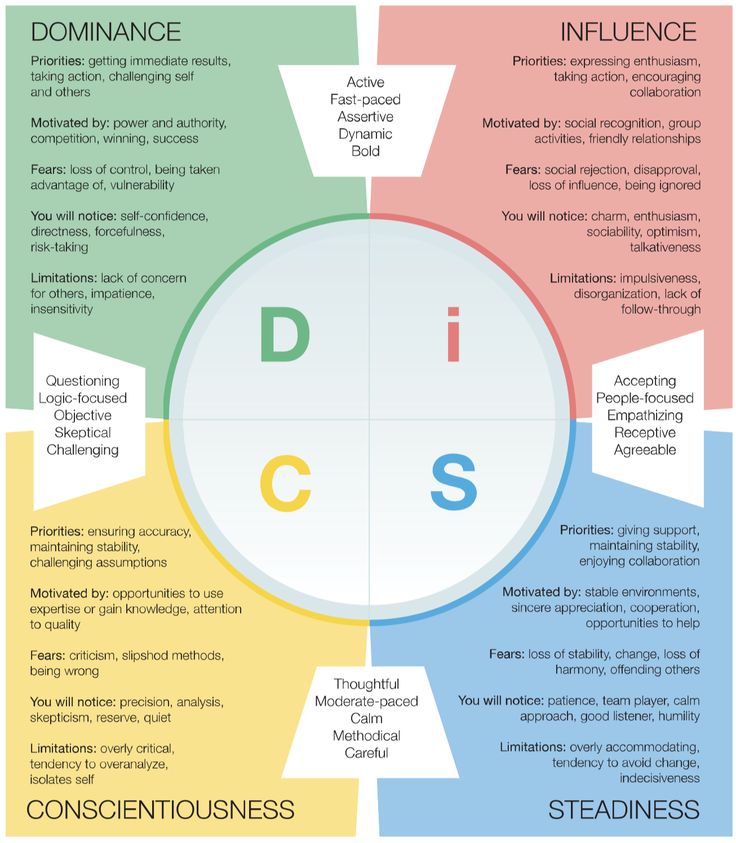 In addition, he can indicate that the statement is "extremely accurate" or "neutral". nine0003
In addition, he can indicate that the statement is "extremely accurate" or "neutral". nine0003
Conclusion: An effective test! "Unlike the Caliper Profile, in the Gallup StrengthsFinder, strengths are considered an indicator of a potential employee's success," says Gorrell.
3. Typology Myers-Briggs
Description: This is a very popular personality test that allows you to determine belonging to one of 16 groups based on such qualities as common sense and intuition, extraversion and introversion, rational and sensory perception, planning and reaction. nine0003
For example, if someone says they are an INTJ, know that they are an introvert who relies on intuition, prefers to think rationally and plan their actions.
About 80% of employees hired by Fortune 500 companies pass the Myers-Briggs test. In addition, many companies around the world use it in the recruitment process.
What questions look like: Each question has two possible answers.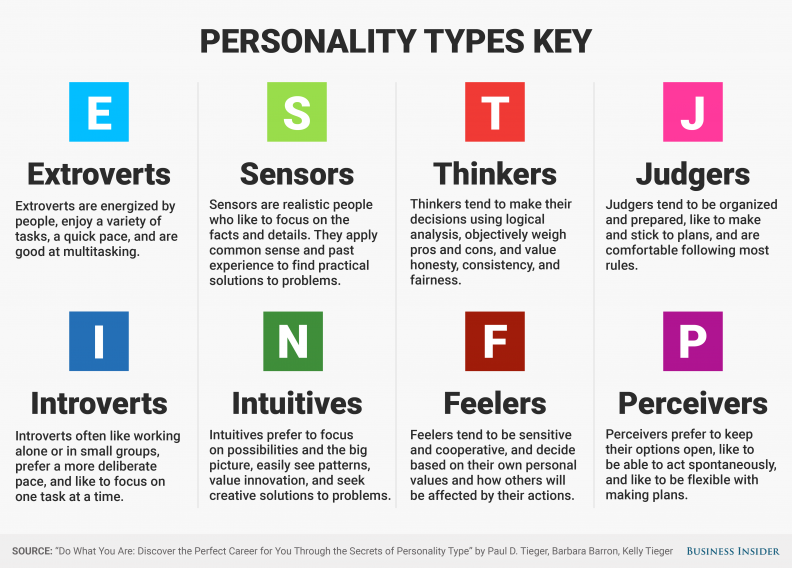 For example: When communicating with others, do you prefer to reach agreement or listen to new information and opinions? nine0003
For example: When communicating with others, do you prefer to reach agreement or listen to new information and opinions? nine0003
The first option is of type J (planning), the second is of type P (reaction).
Conclusion: Failed test! It was originally designed to determine personal preference. "Of course, it can be used for self-knowledge, but it has nothing to do with work," says Gorrell.
HR representatives who select employees on the basis of Myers-Briggs tests may miss out on really valuable people or mistakenly hire those who do not meet their expectations, all because they overly trust the test. nine0003
Even the authors of the test themselves are concerned about the misuse of the methodology, so they published a message on their website asking them not to use it when recruiting and laying all responsibility for the possible consequences on employers.
According to Gorrell, some of the answers to the test questions may generate bias against women and some other groups of respondents.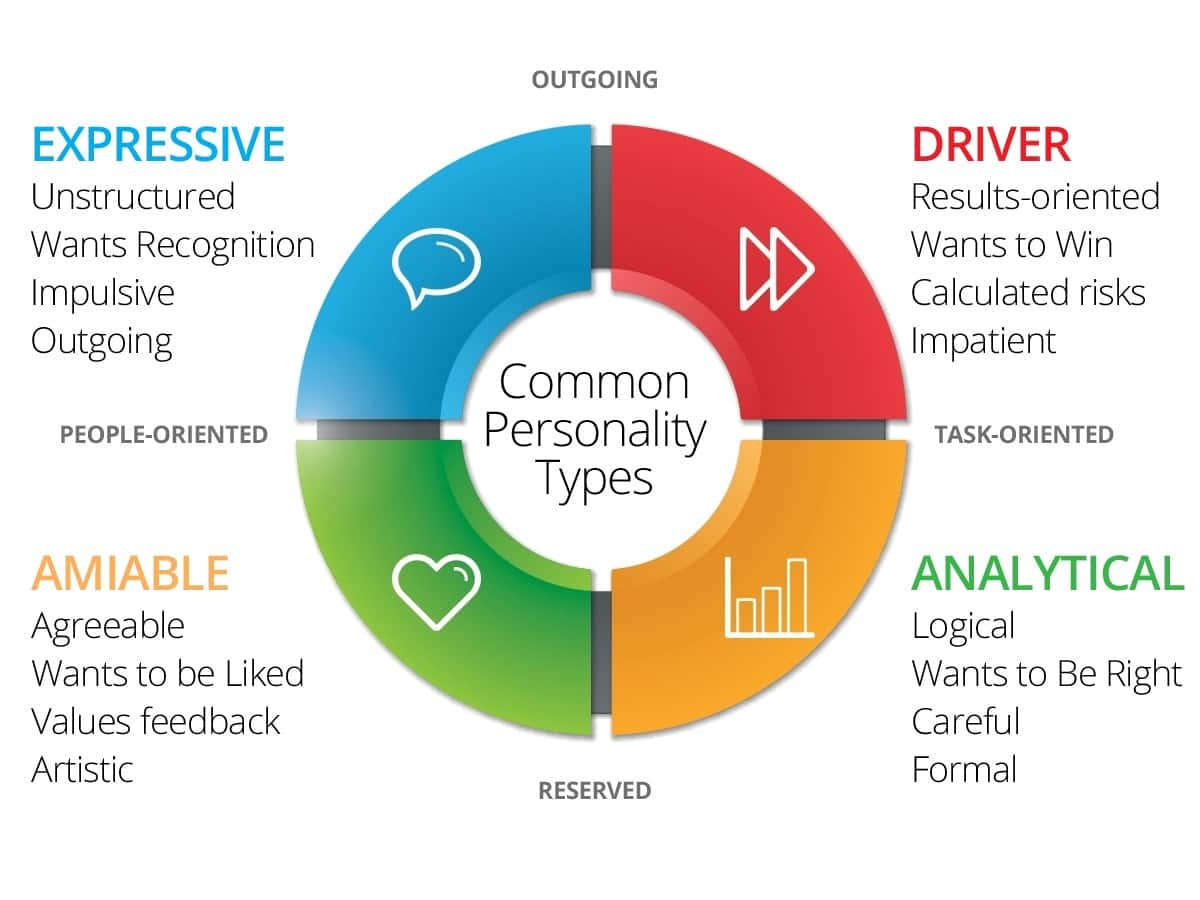
4. Sixteen Personality Factor Questionnaire
Description: This test is also called 16PF. It was developed in 1949. psychologist Raymond Kettel, who identified 16 personal qualities that each person possesses to a different extent.
The questionnaire consists of 170 items that can surprise those who are used to ordinary personality tests (including those mentioned above). They offer to describe their reactions to certain events in the work environment, rather than the personality as a whole.
Will you be able to complete everything that you are entrusted with? How do you deal with stressful situations? 16PF is able to answer these questions. nine0003
What questions look like: The candidate can answer "yes", "no" or "don't know" (meaning that he is not sure of the answer or did not understand the question). Examples of statements: "When I'm bored, I "turn off" and start to dream", "When the team needs tactful persuasion, I usually take this role myself.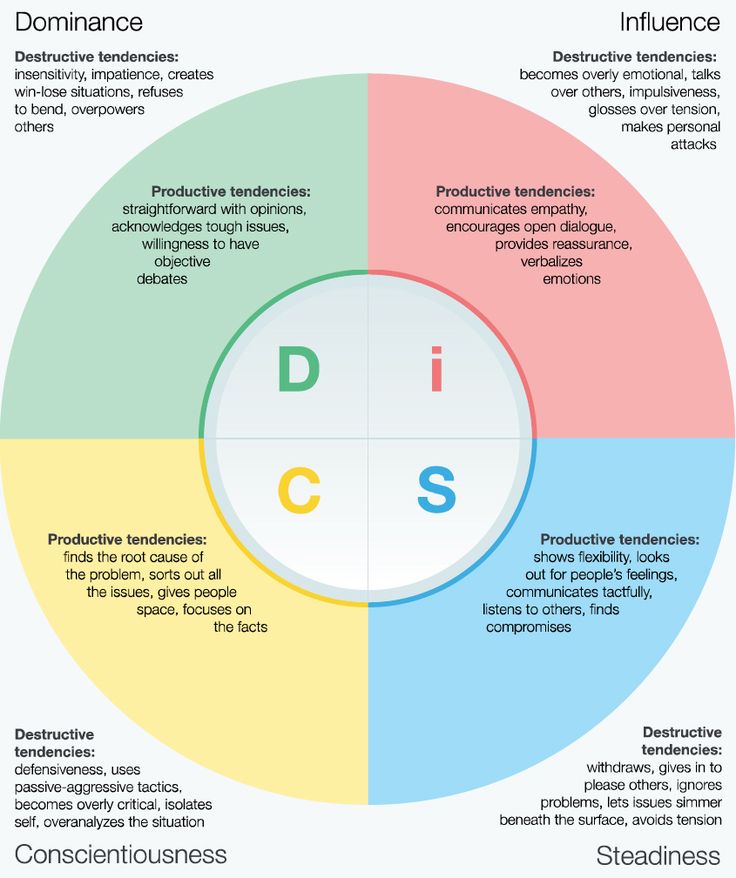 "
"
Conclusion: An effective test! According to Gorrell, 16PF is an effective tool for employee development, because. he evaluates practical decisions, not the individual as a whole.
5. Minnesota Multiphasic Personality Inventory (MMPI)
Description: This is a personality test to be administered by an objective graduate (such as a psychologist) in order to assess the patient's needs from a therapeutic point of view.
Unlike other tests that can be taken online, MMPI results cannot be interpreted on your own or left to a recruiter. In the workplace, the MMPI is only used in areas of high psychological risk (such as the police). nine0003
What questions look like: Answers can be right or wrong. For example: "I often wake up with a headache" or "Sometimes I feel worthless."
Conclusion: Failed test! "The information that is required to get the test results is irrelevant to the job," says Gorell. "Some companies tried to use this test, got several lawsuits and lost the case.